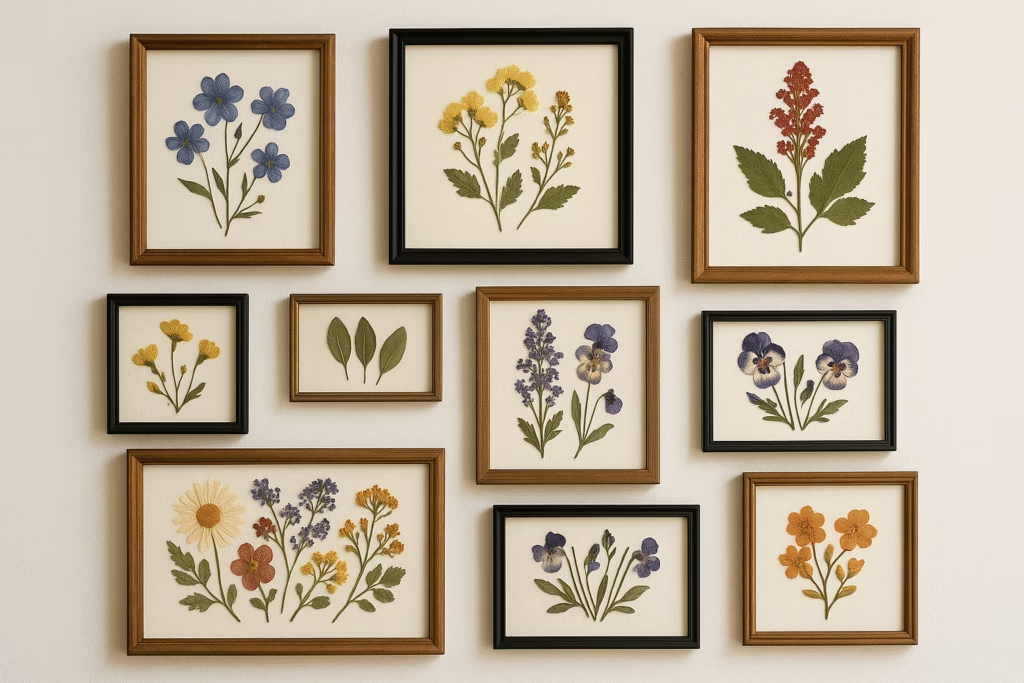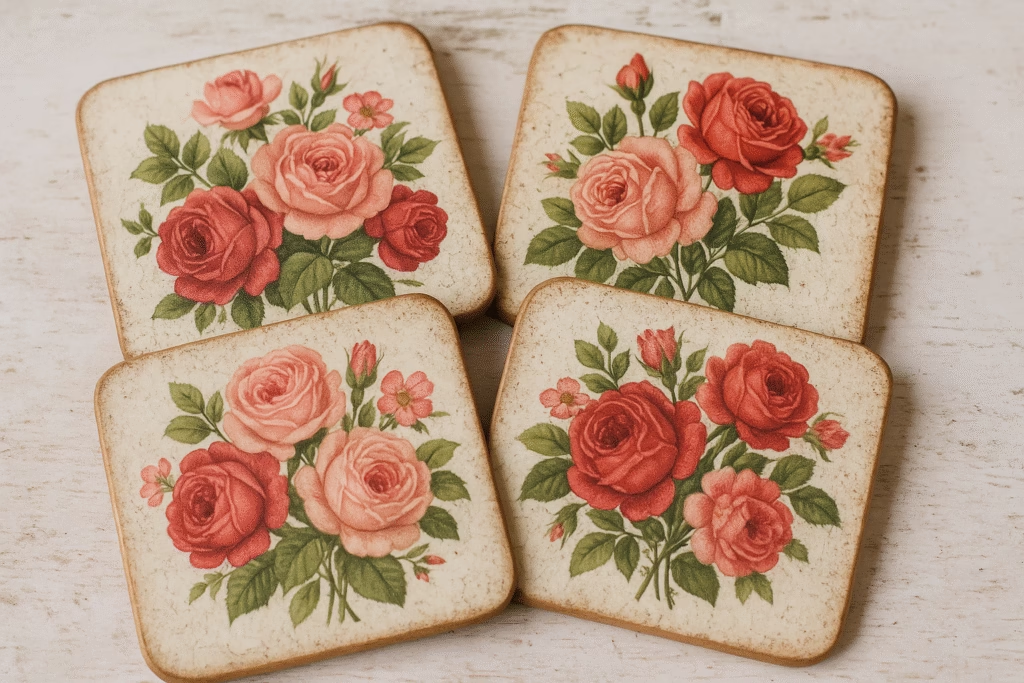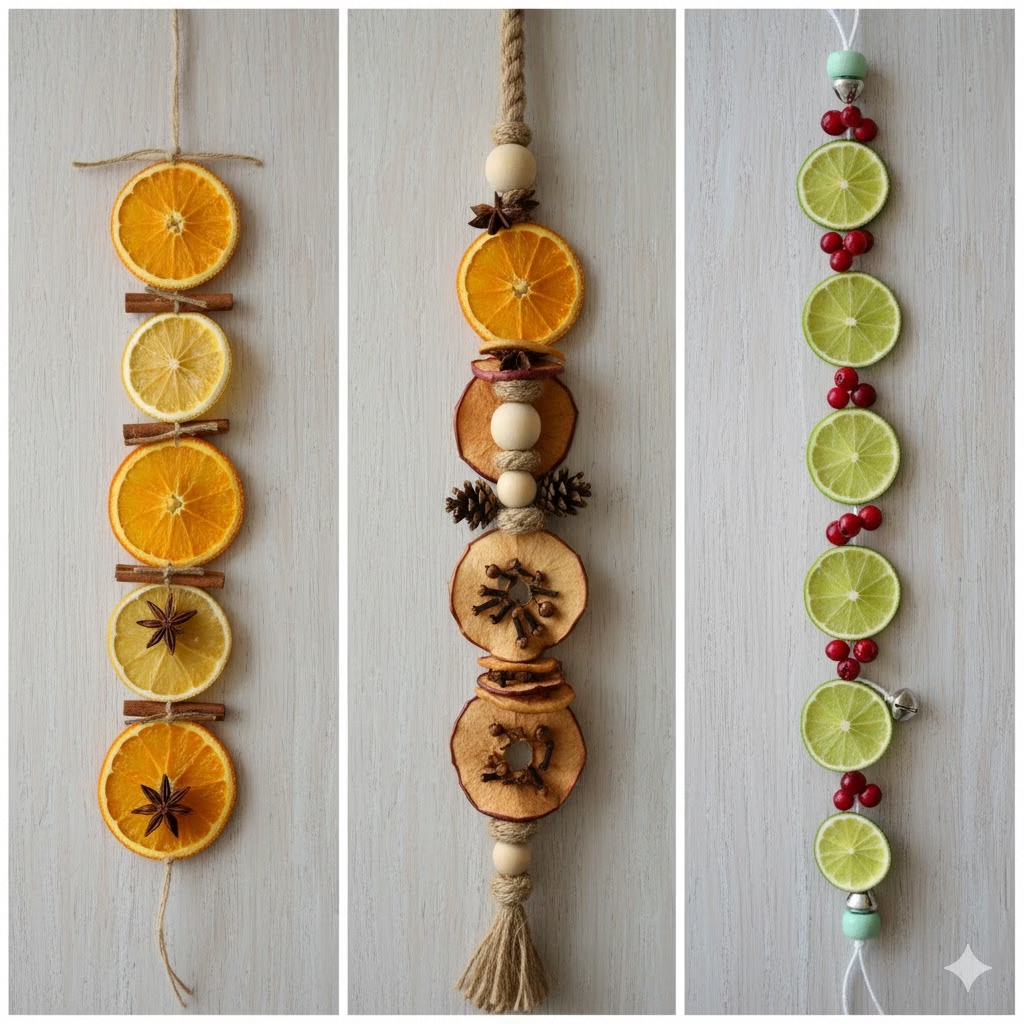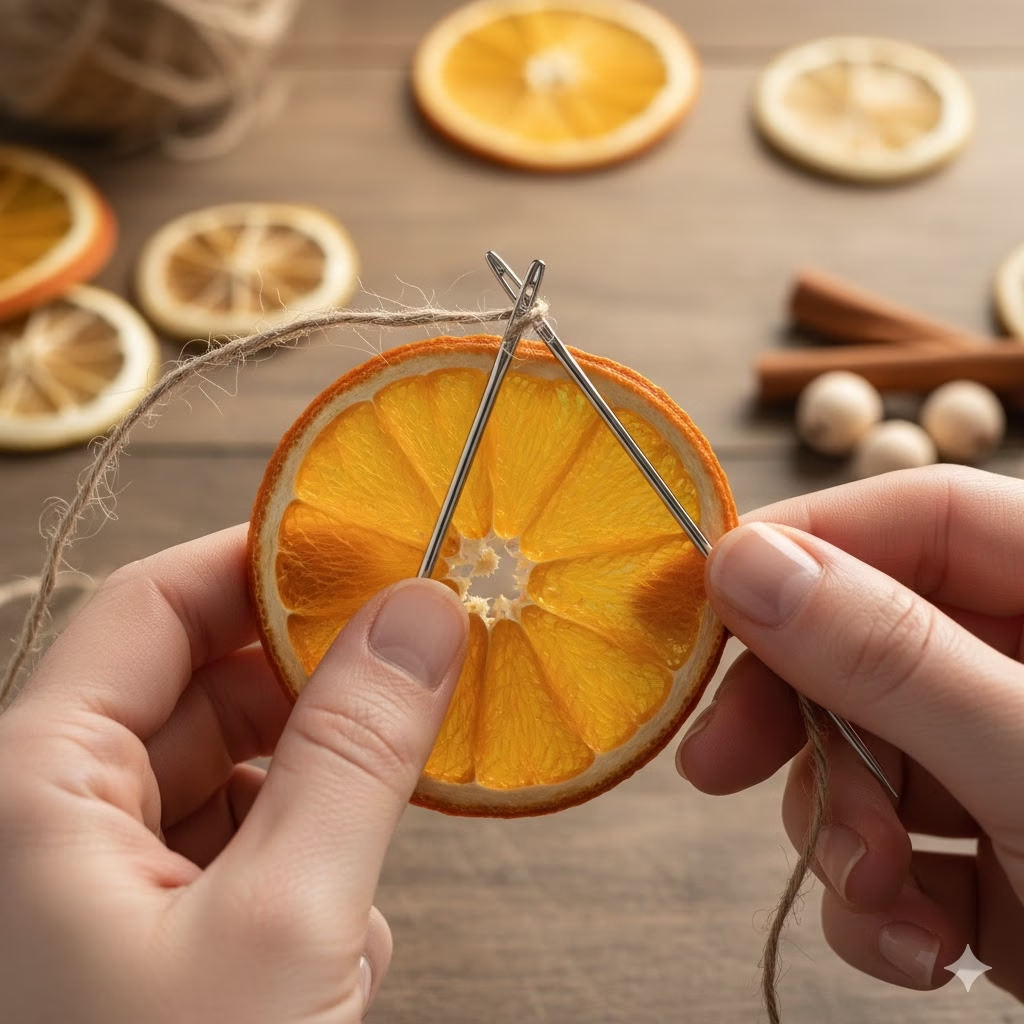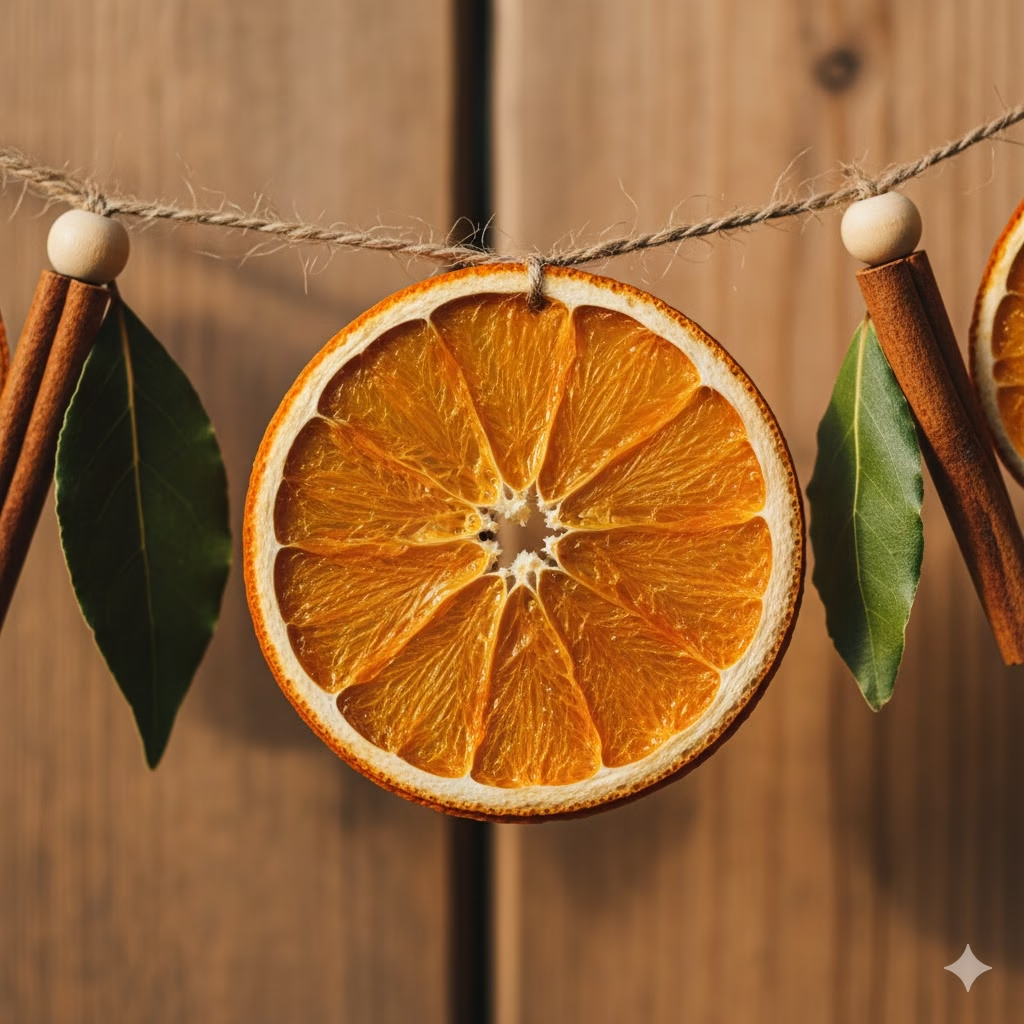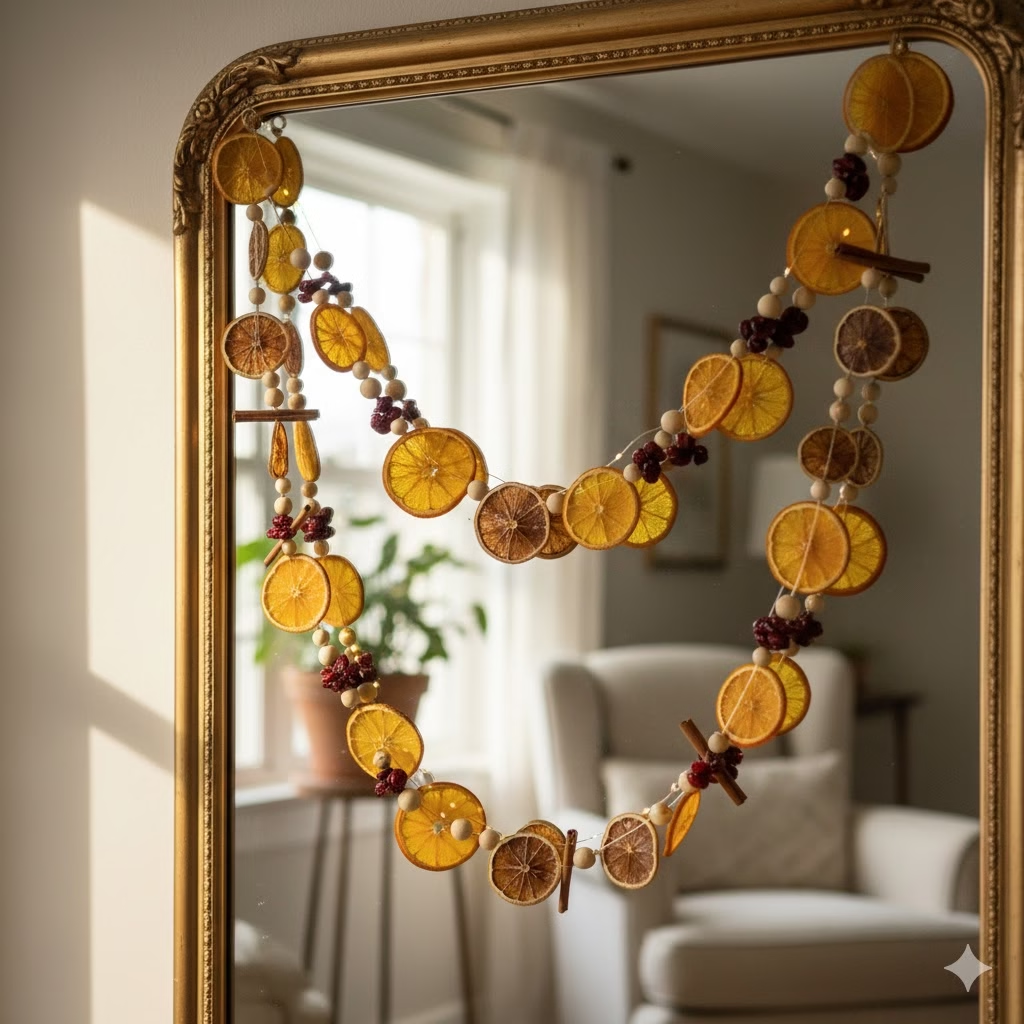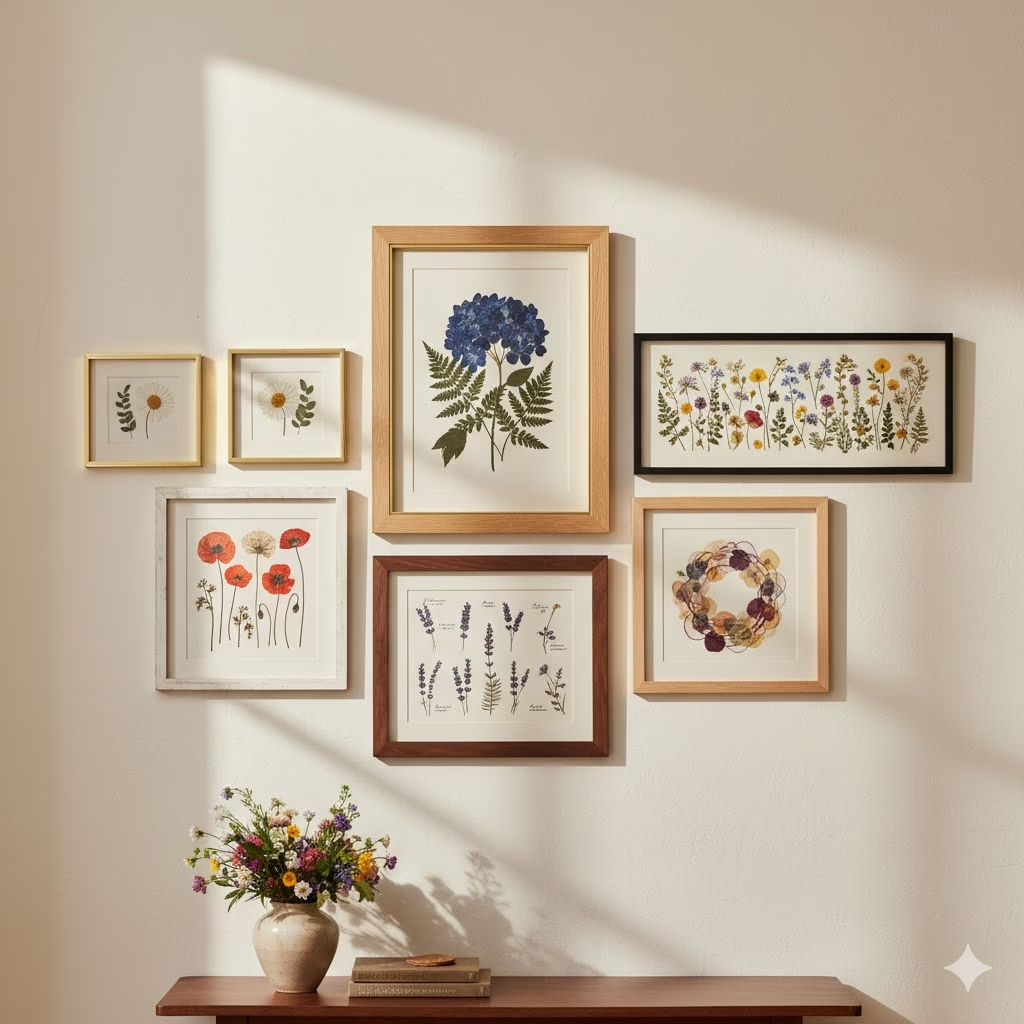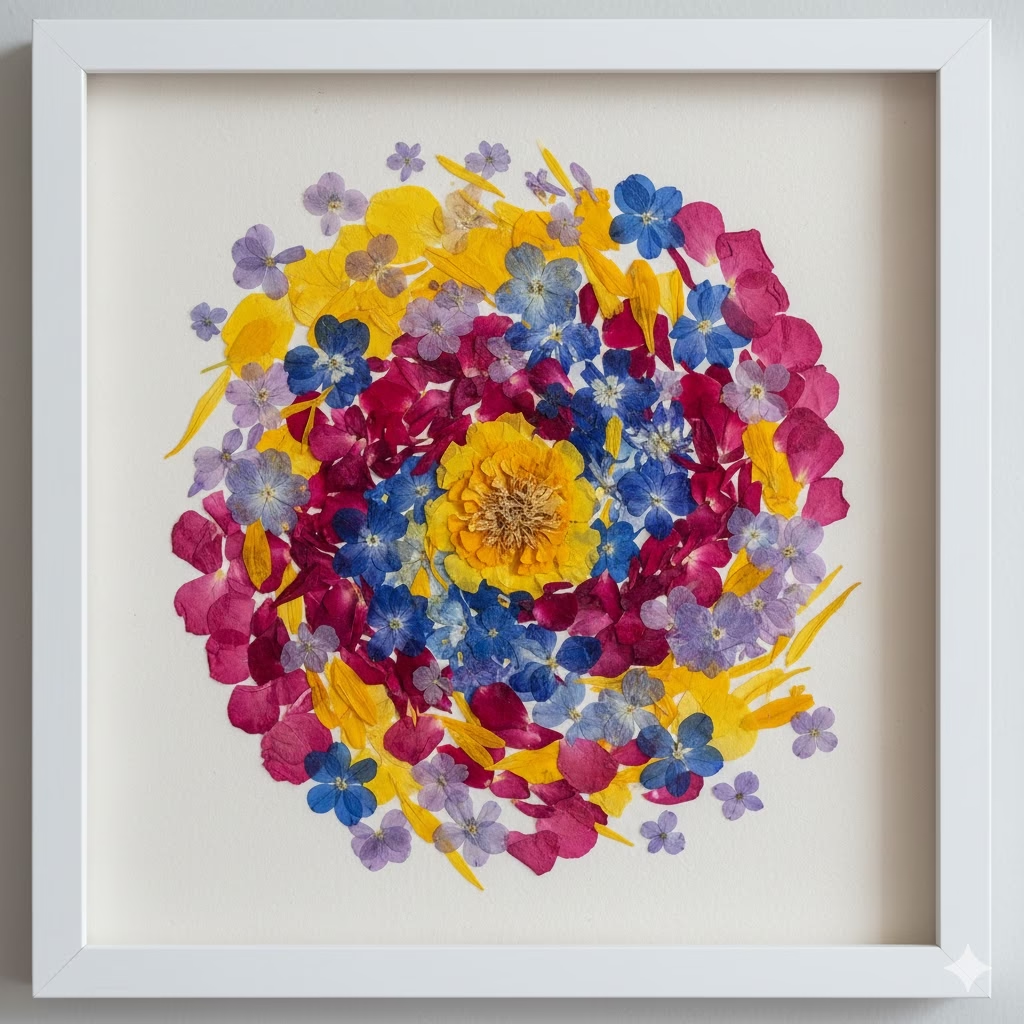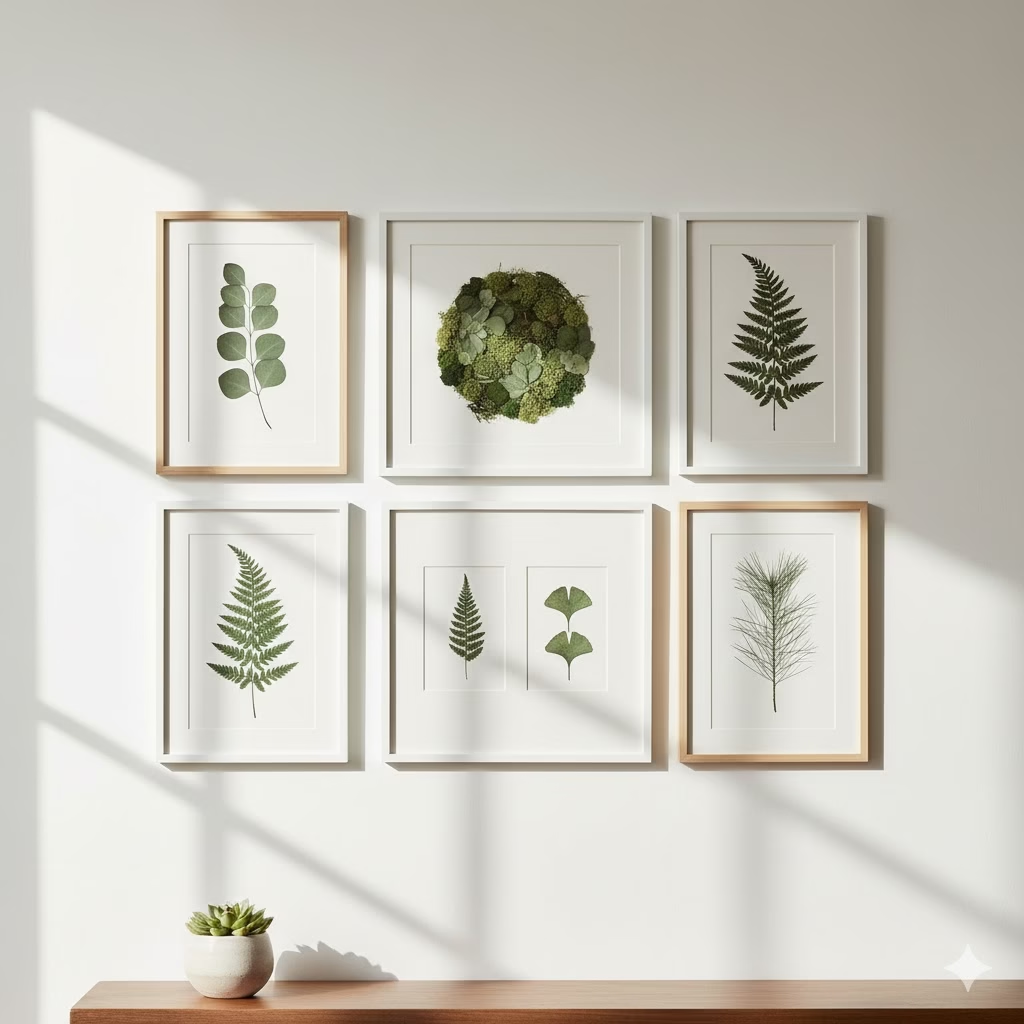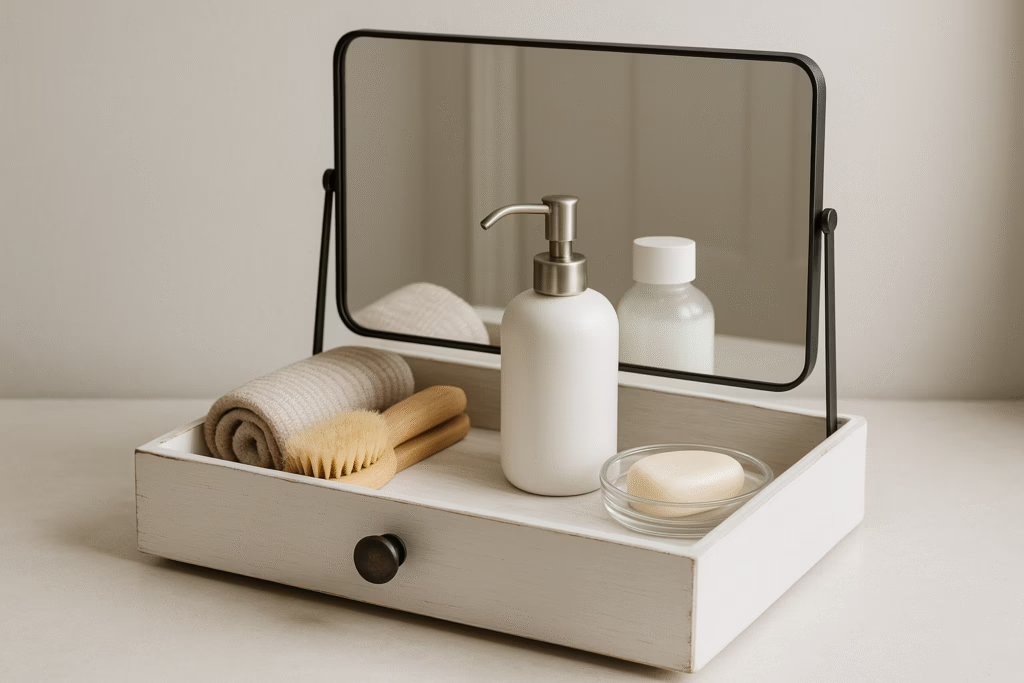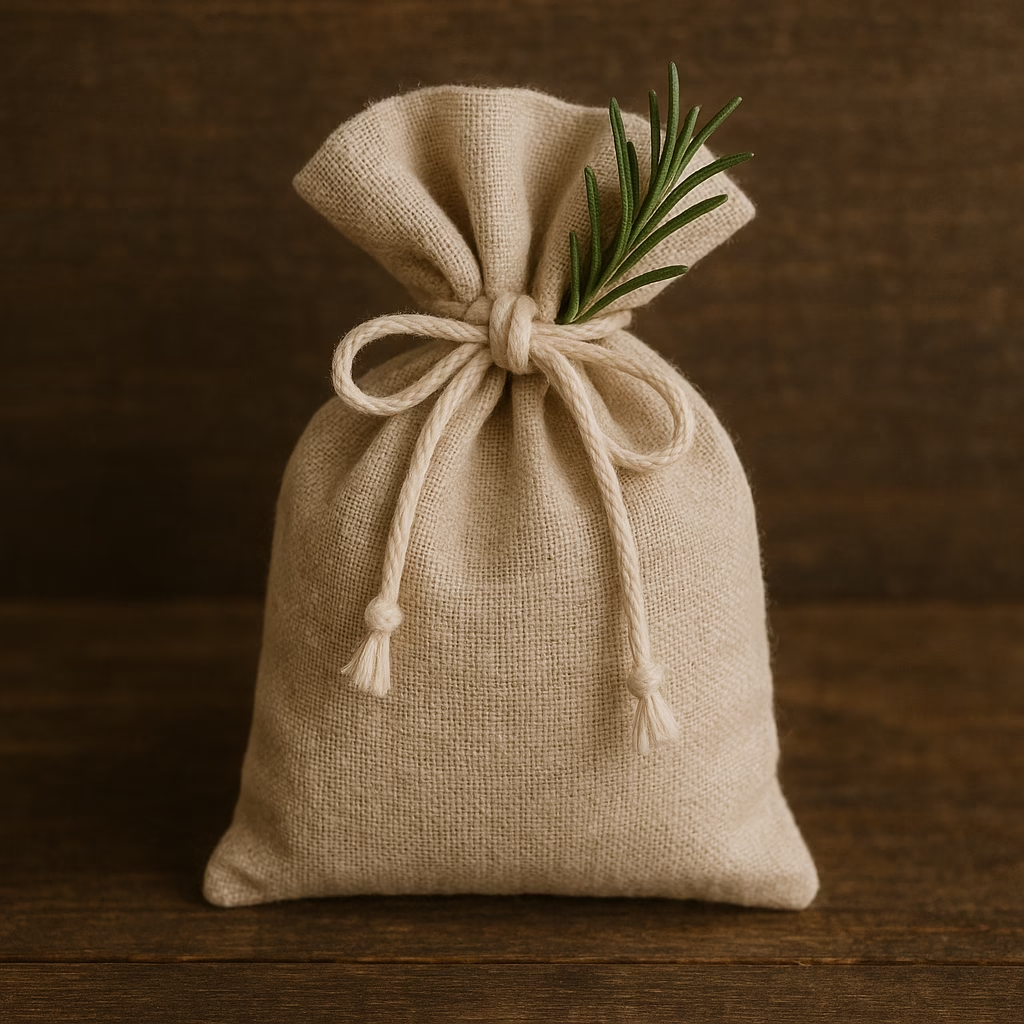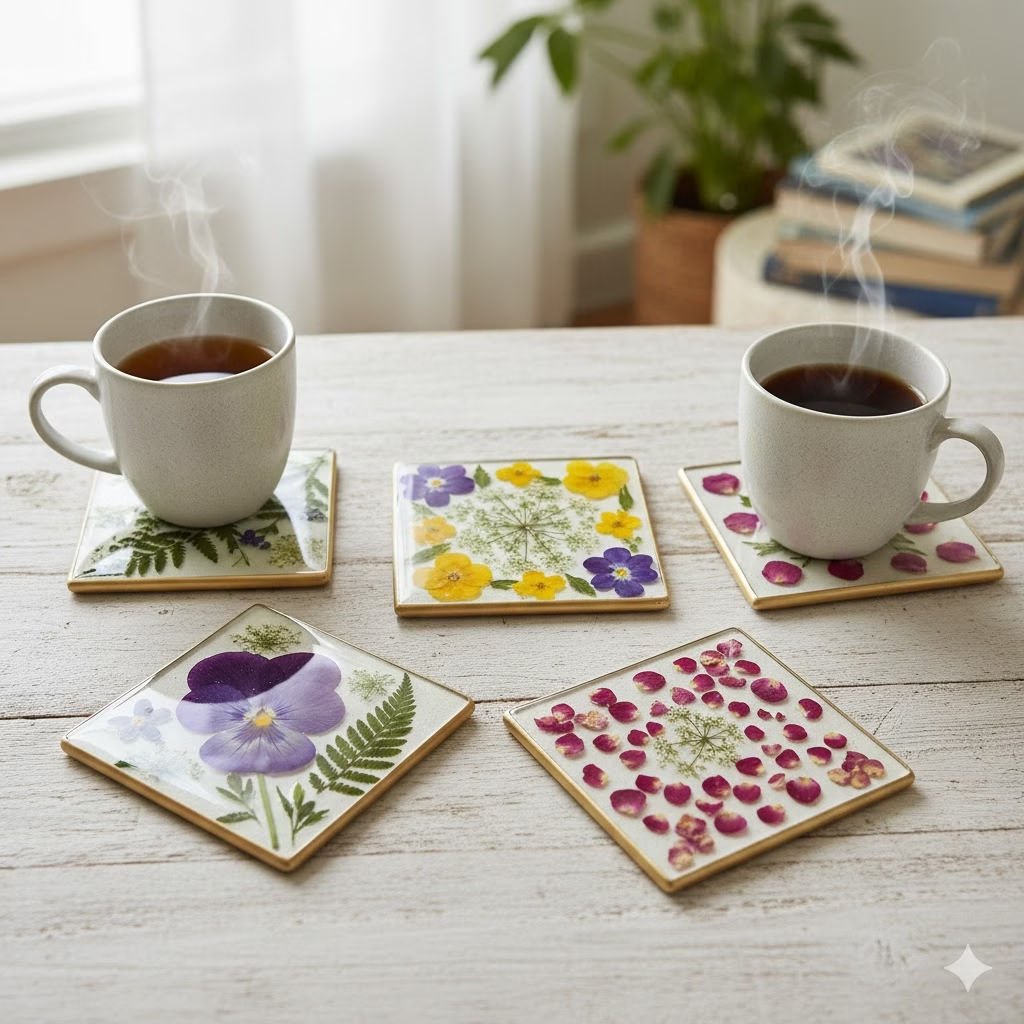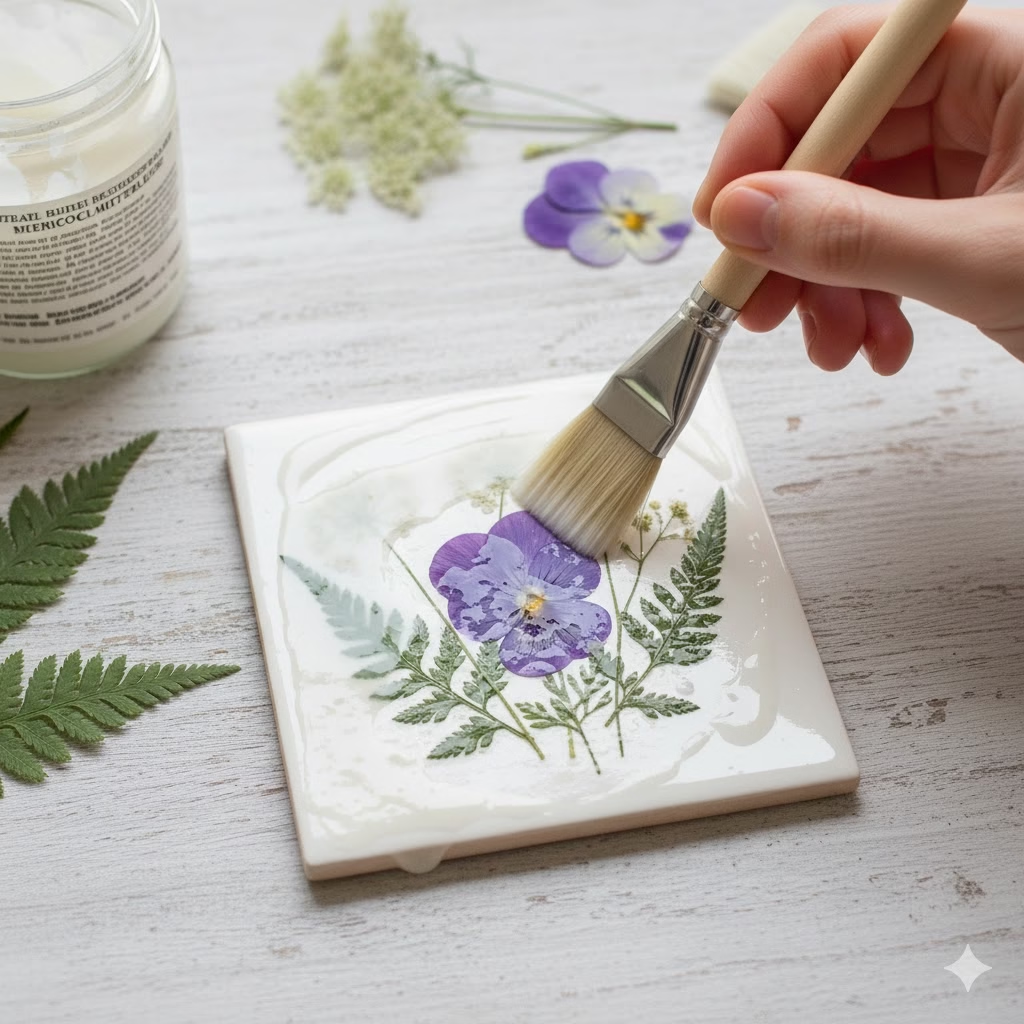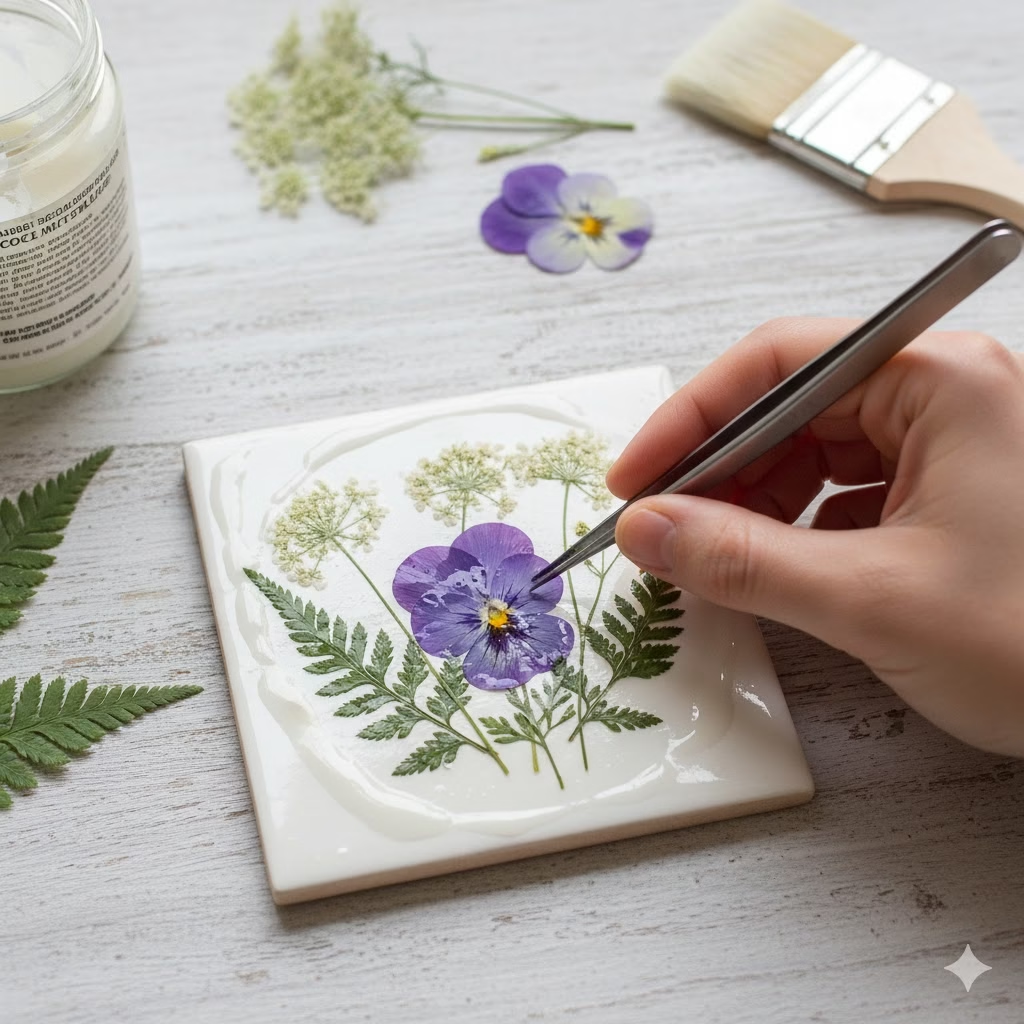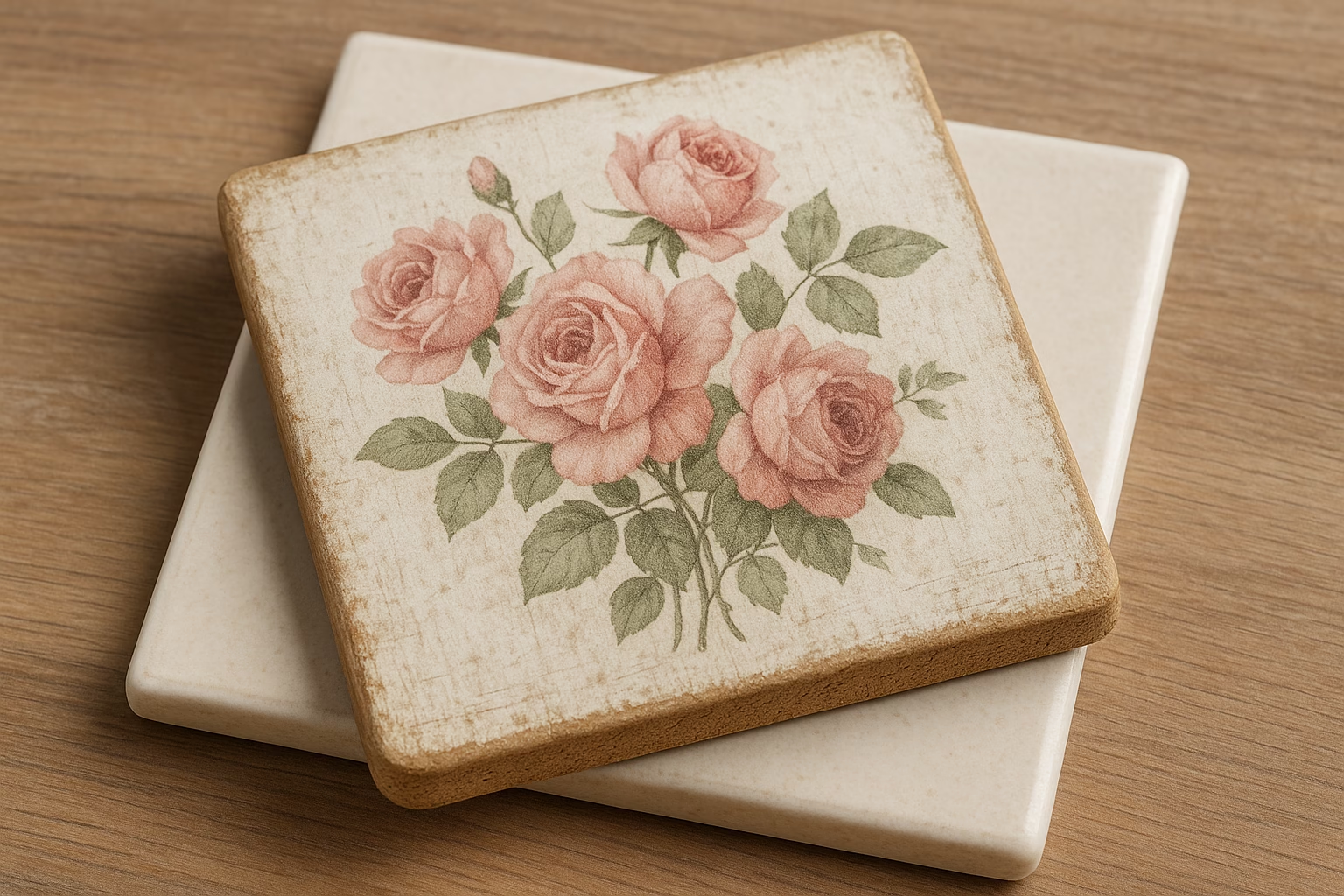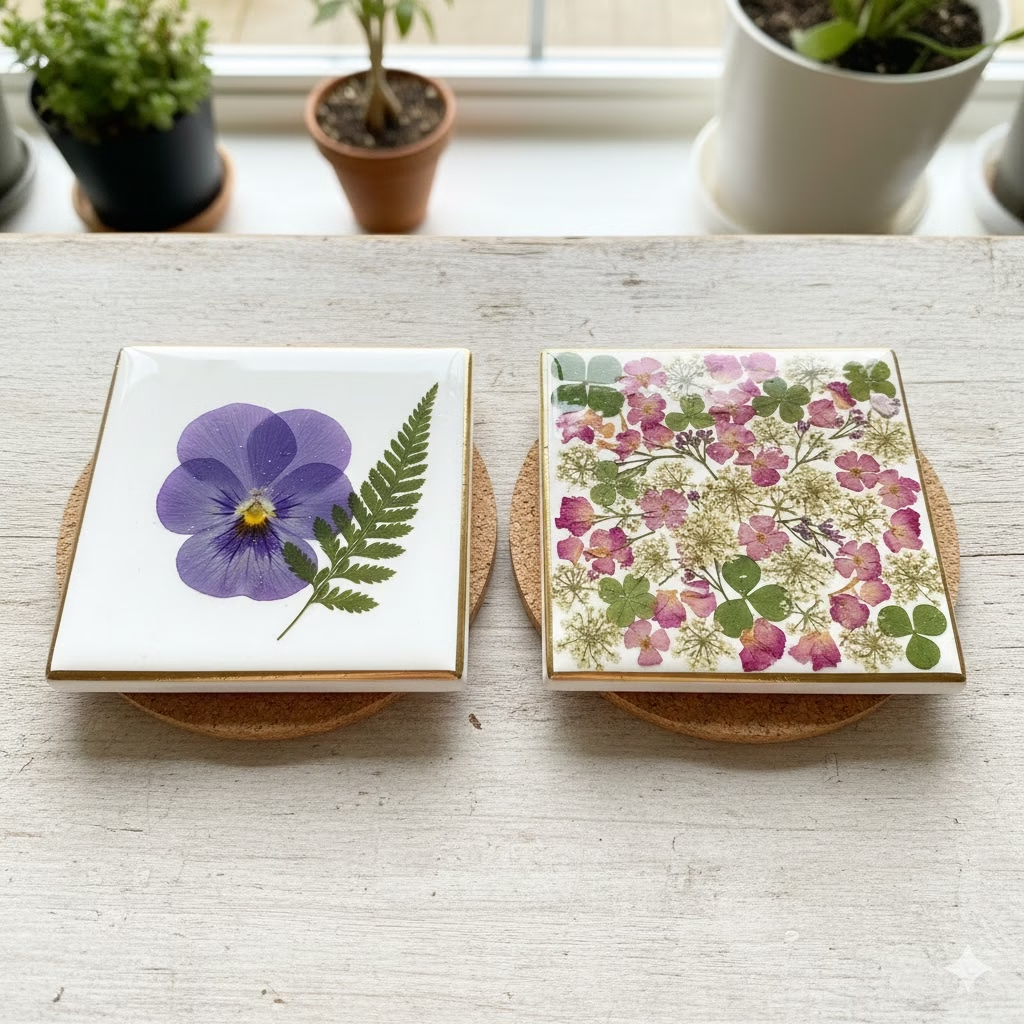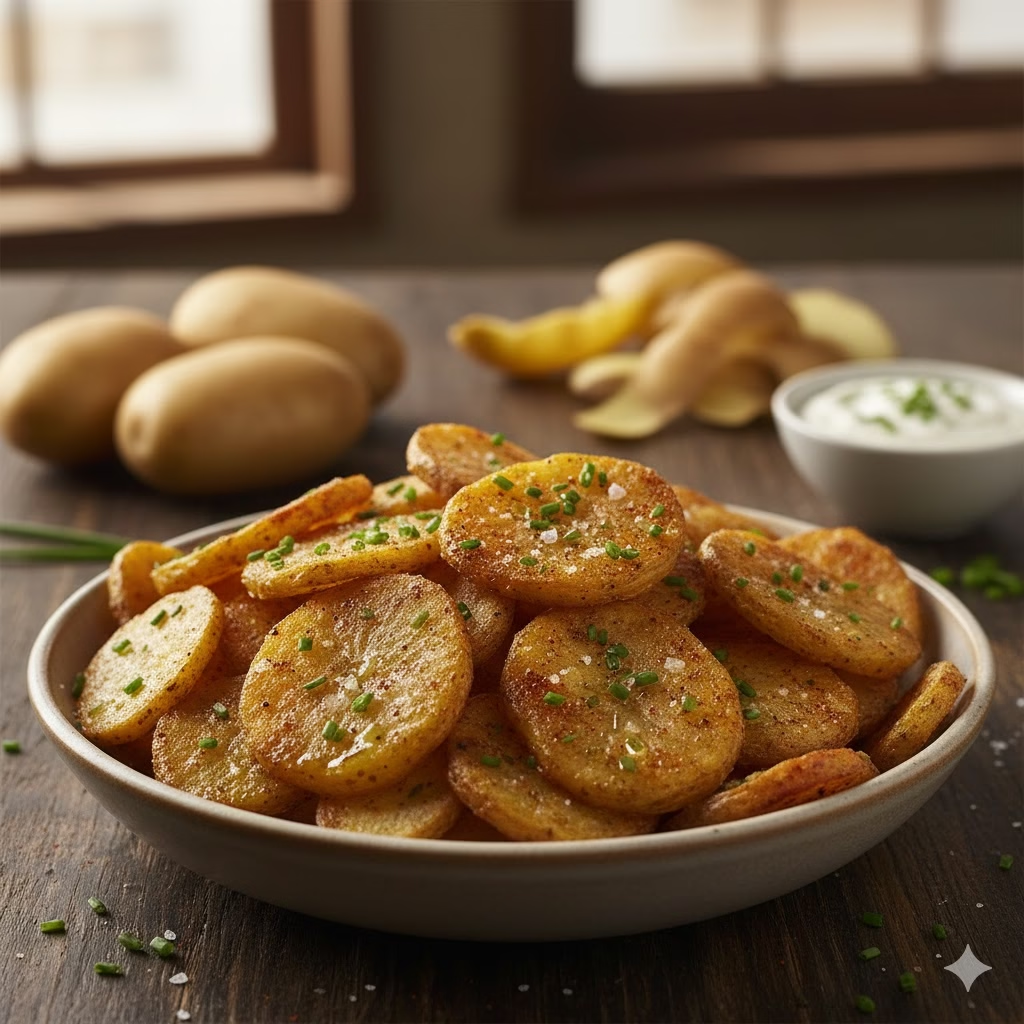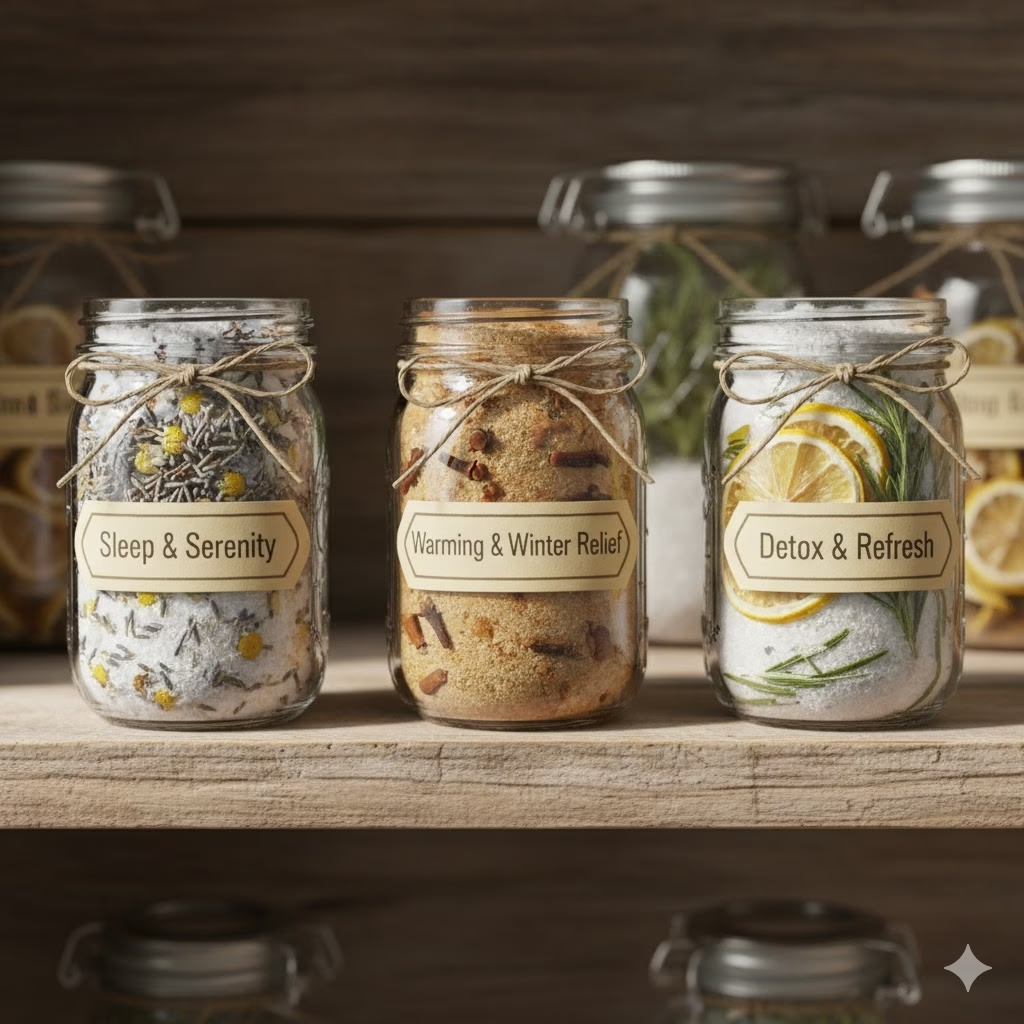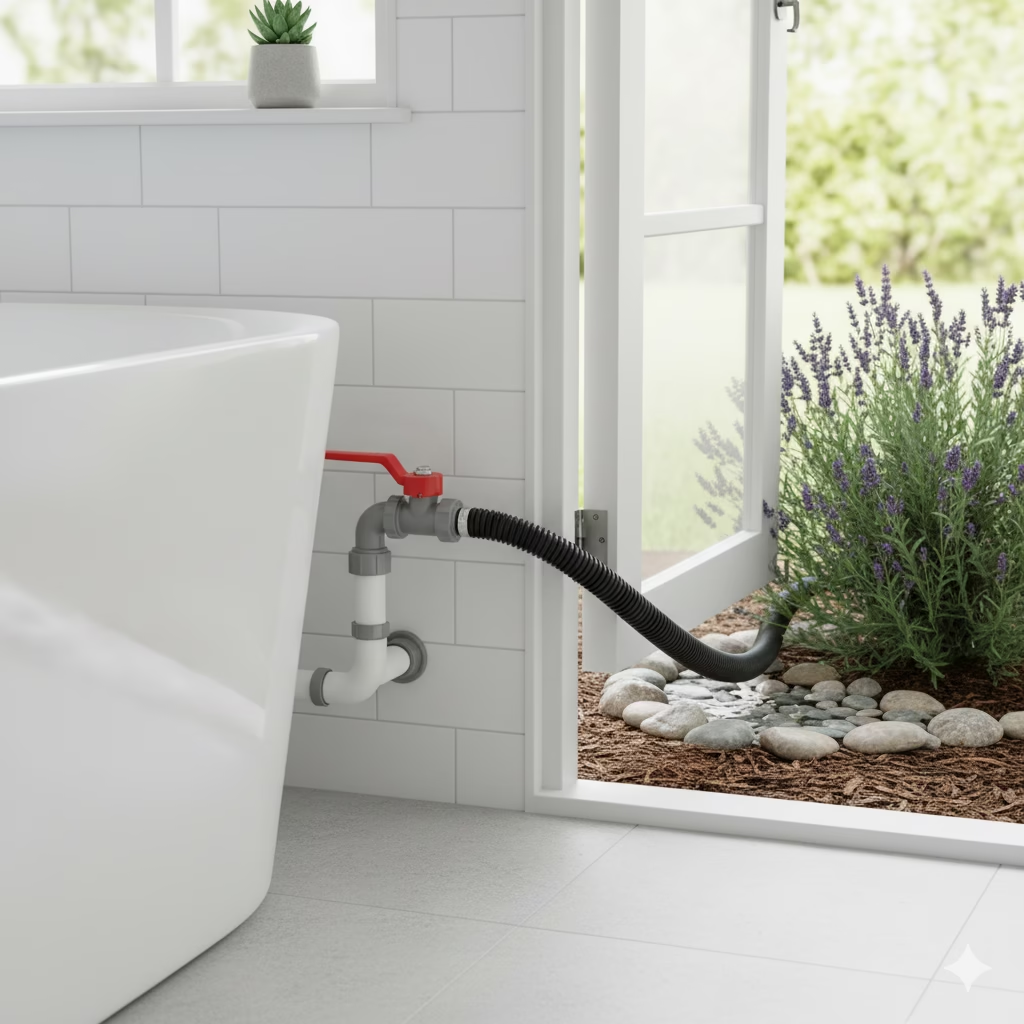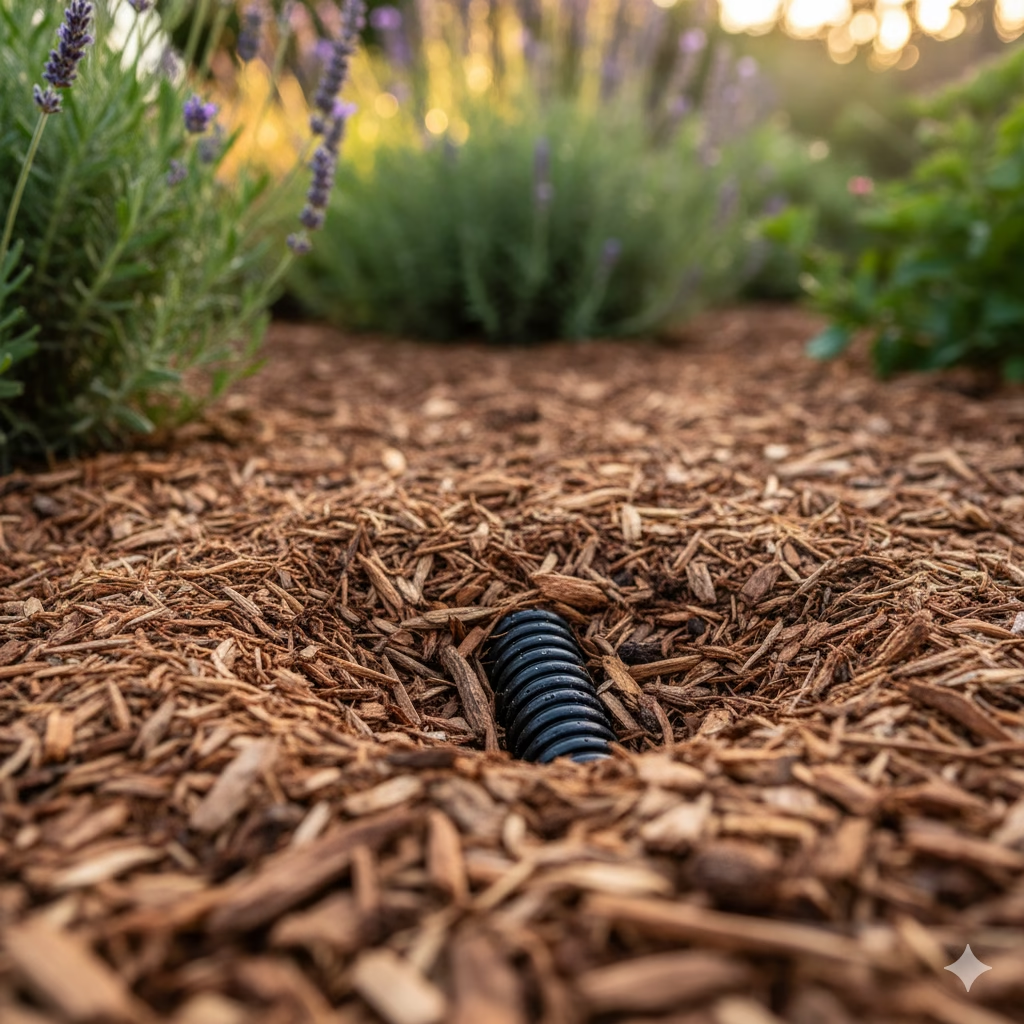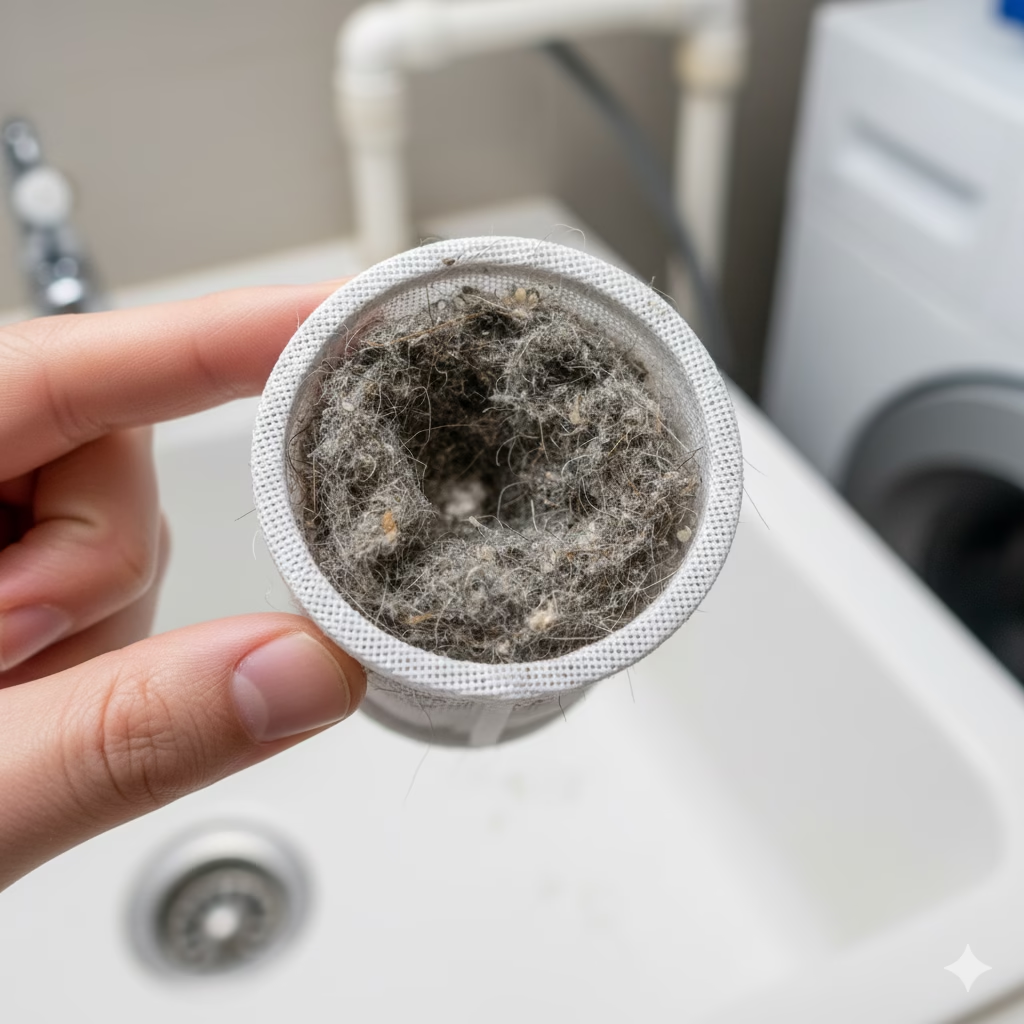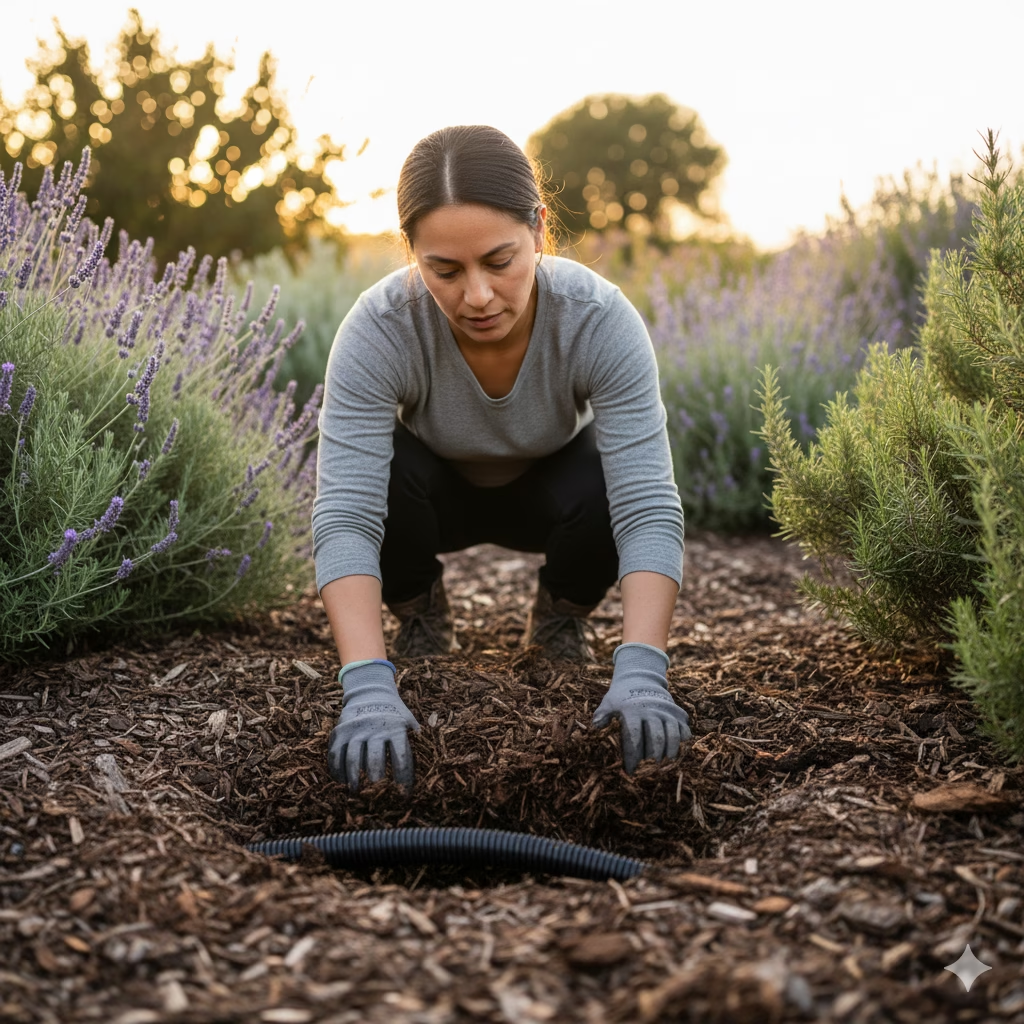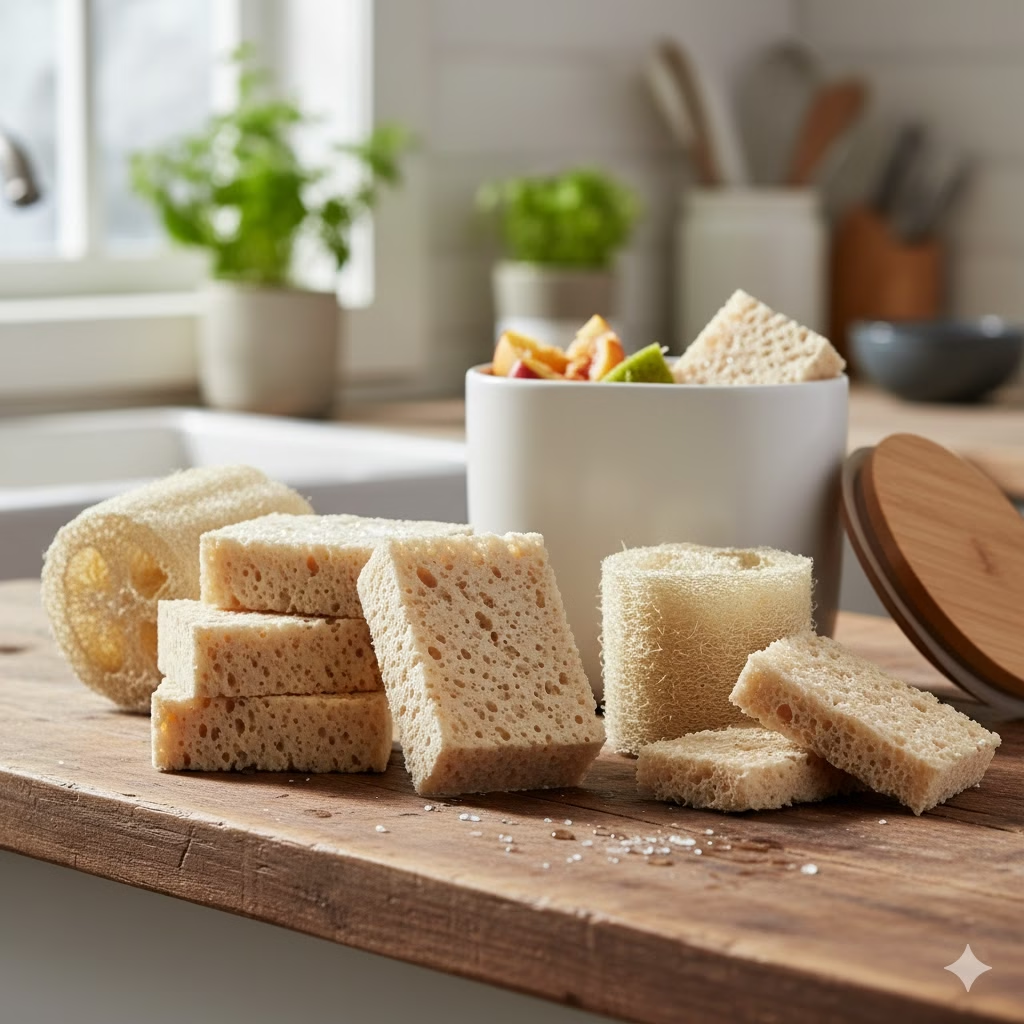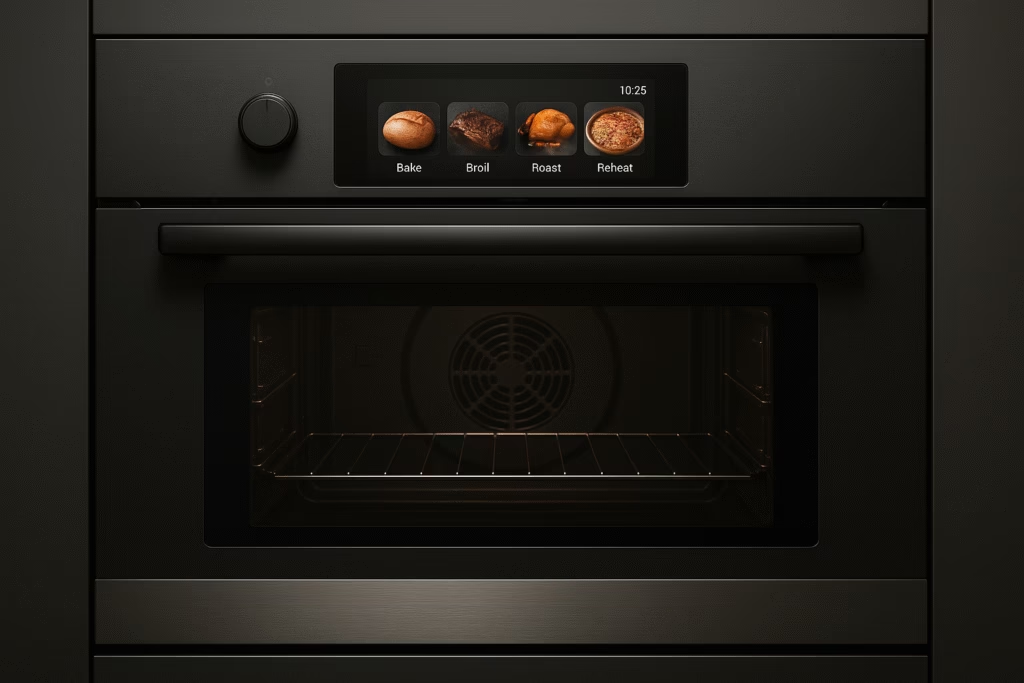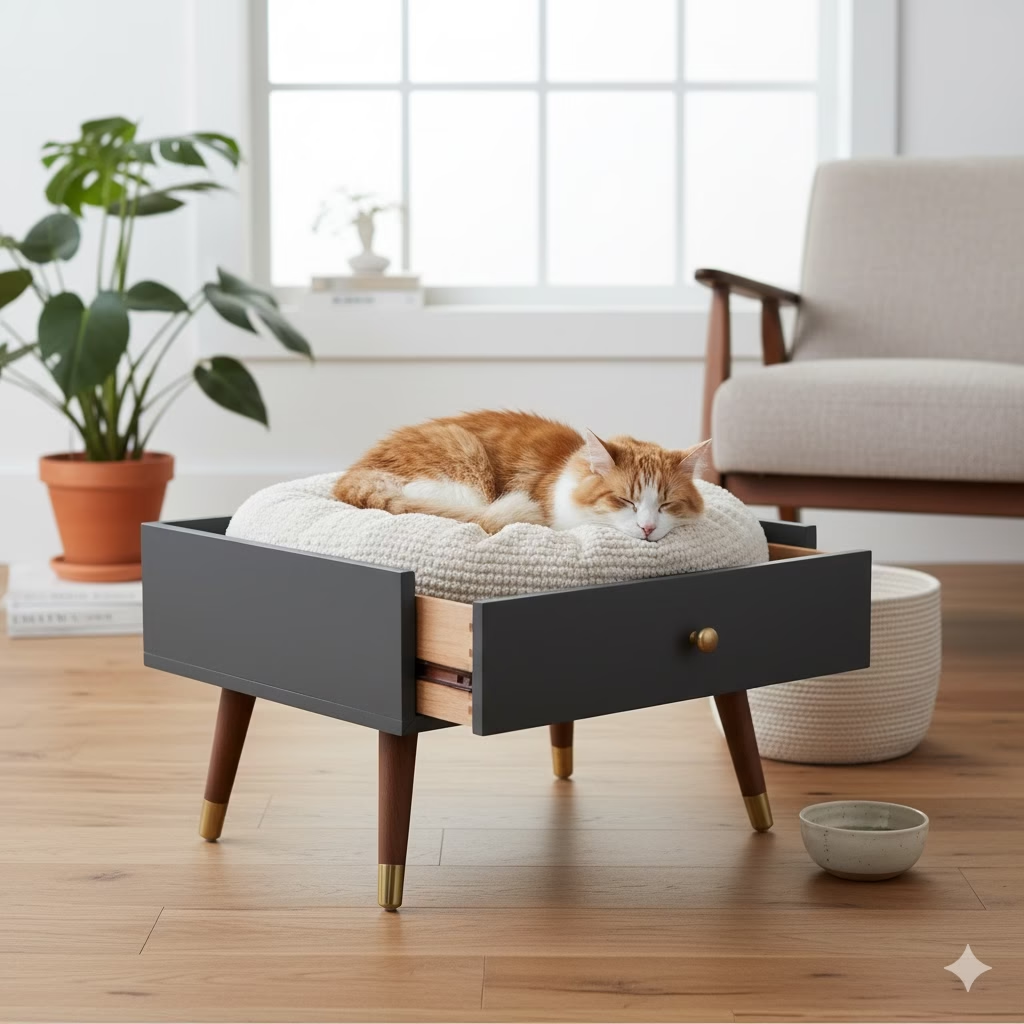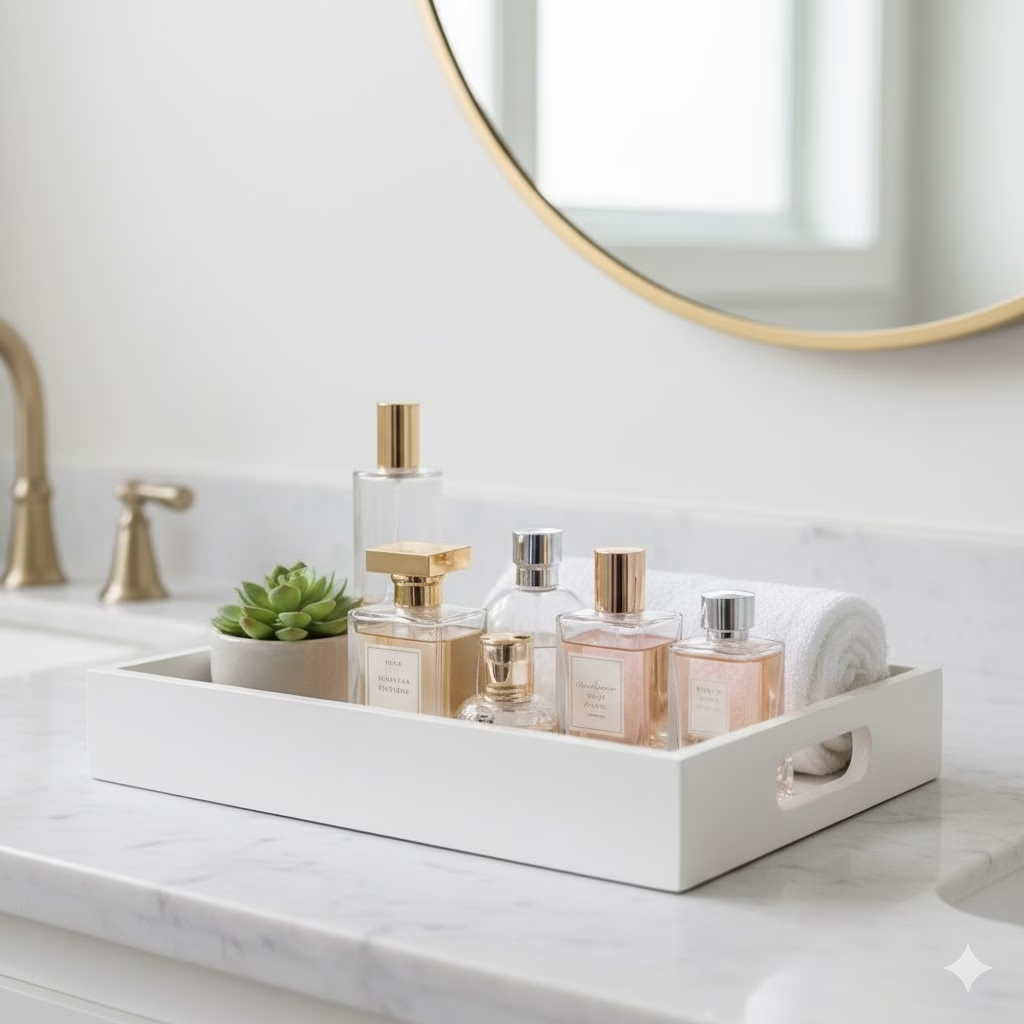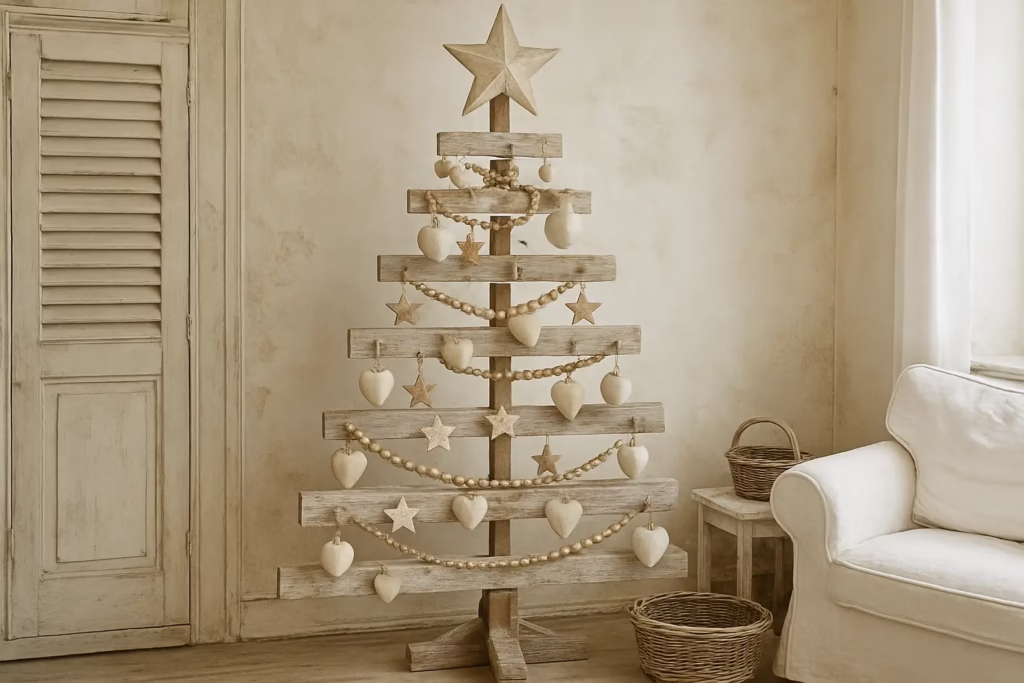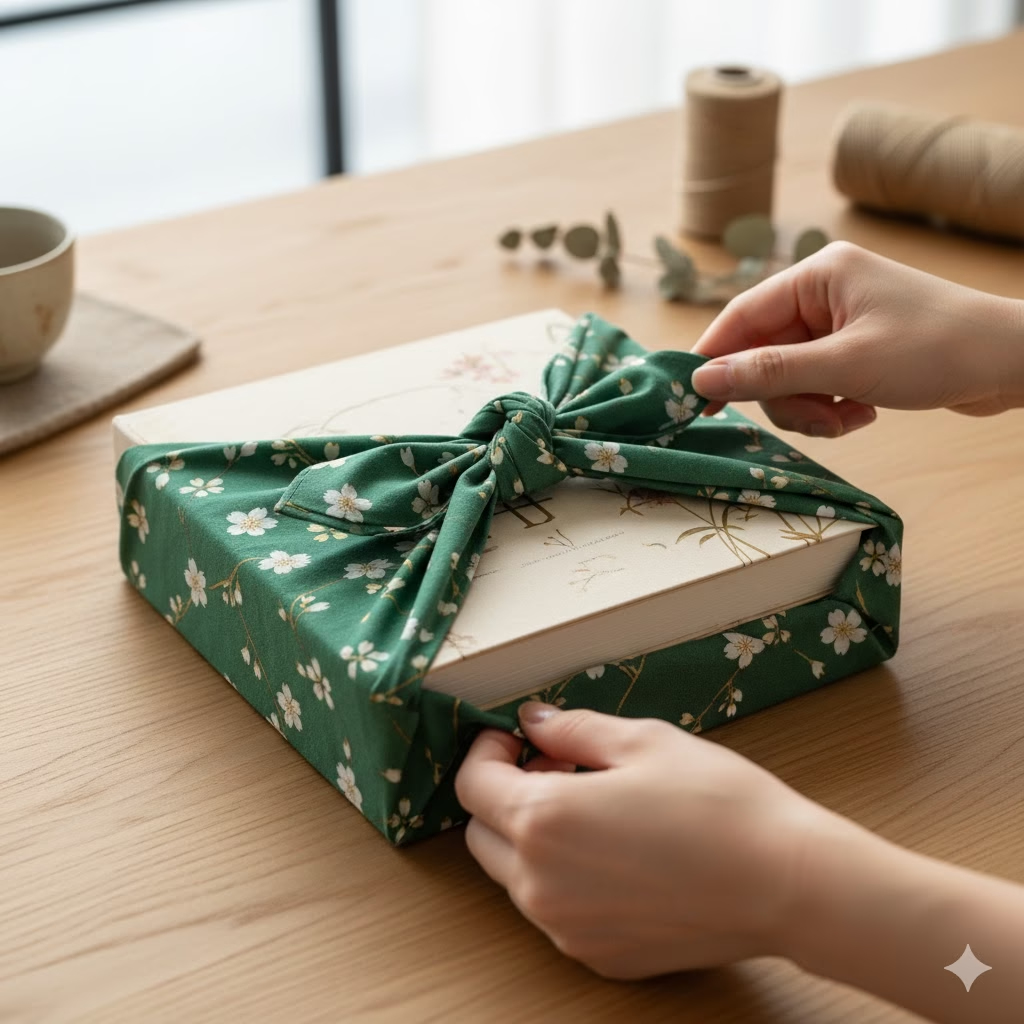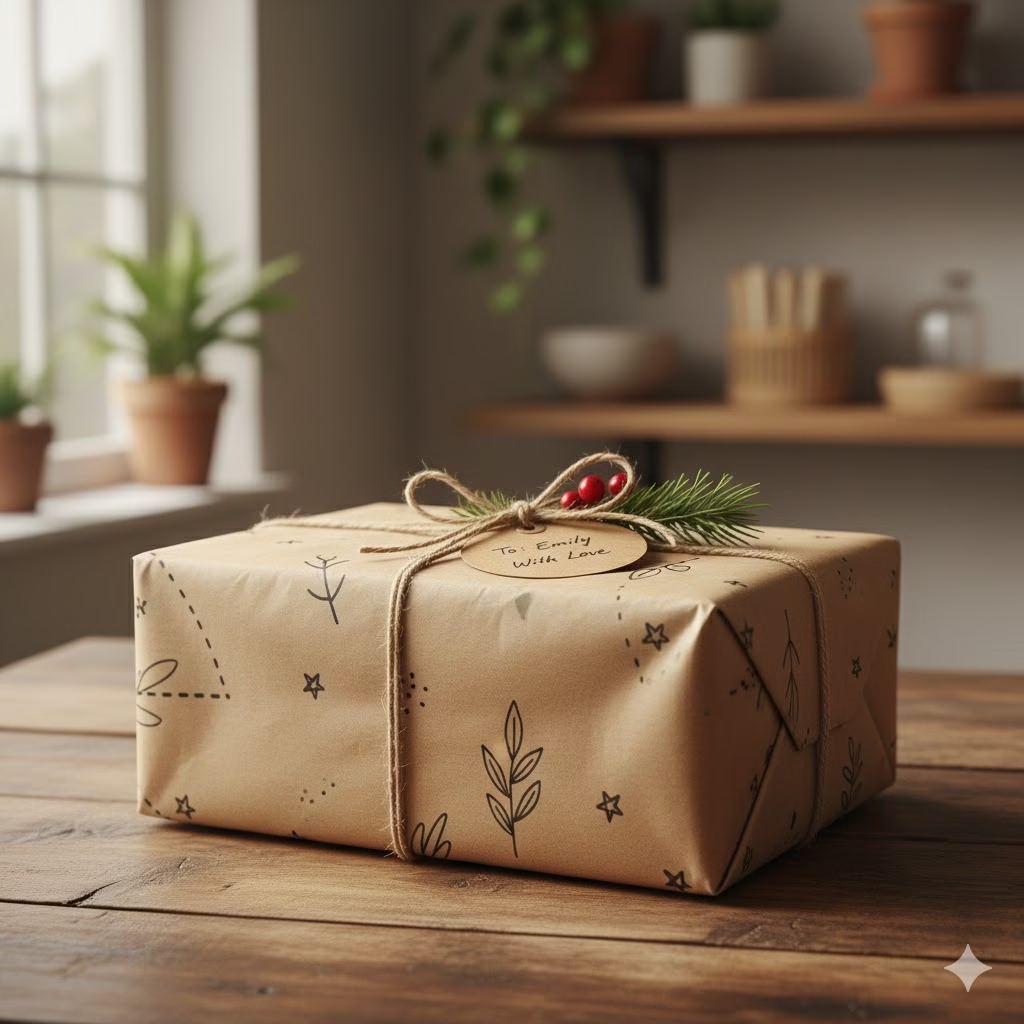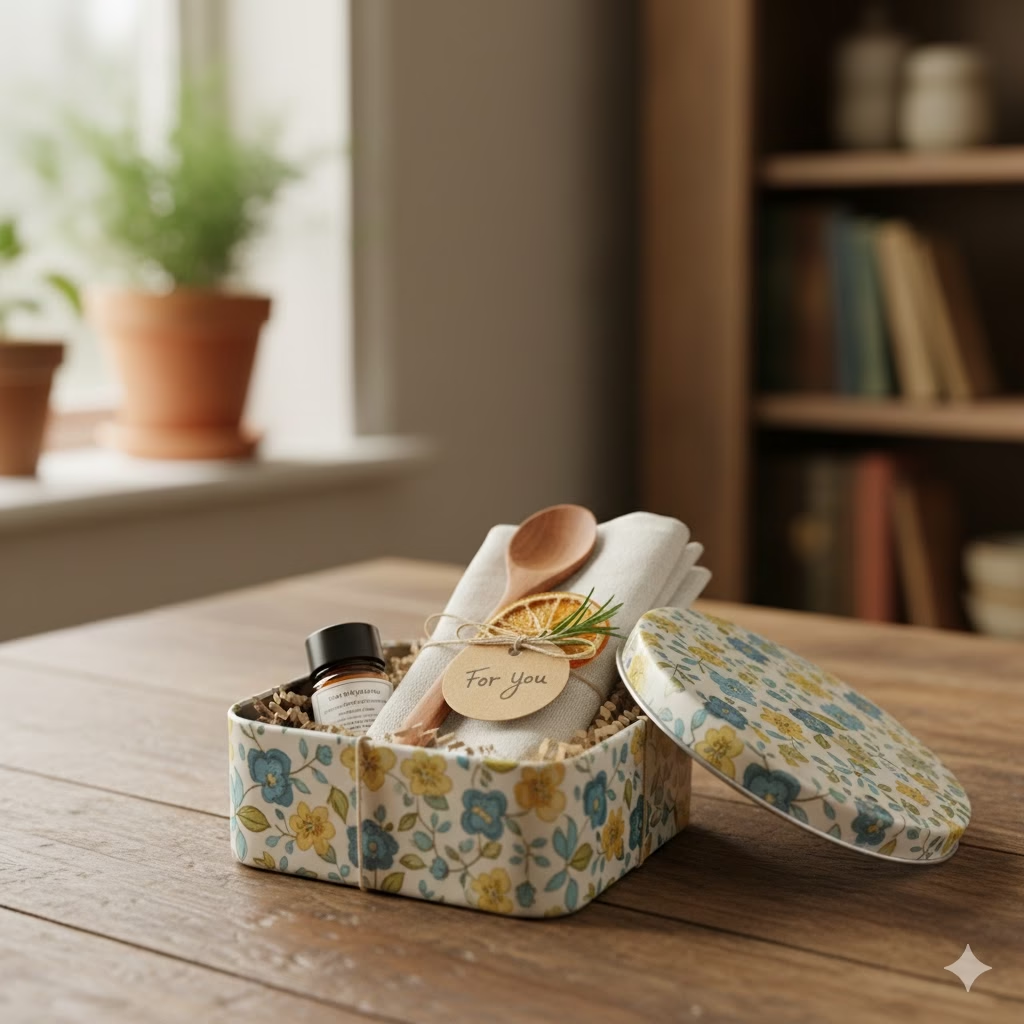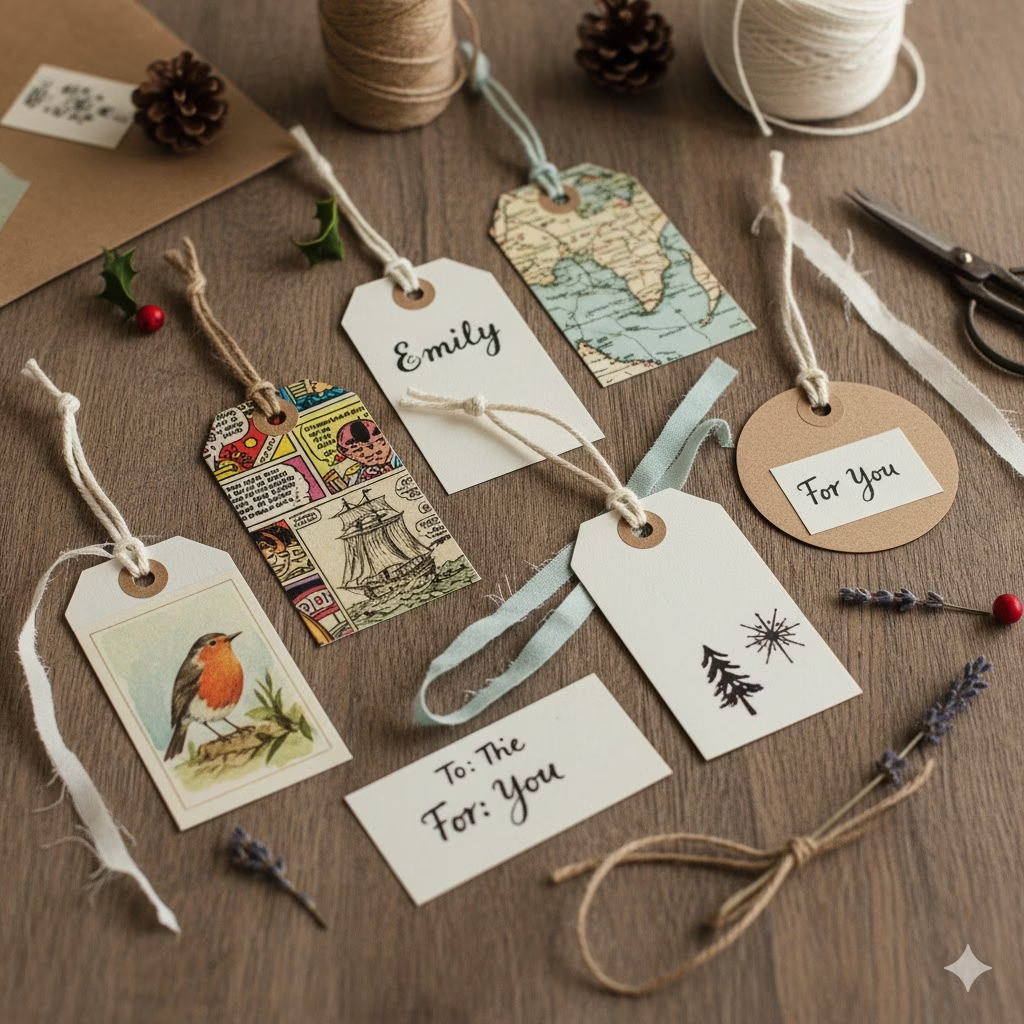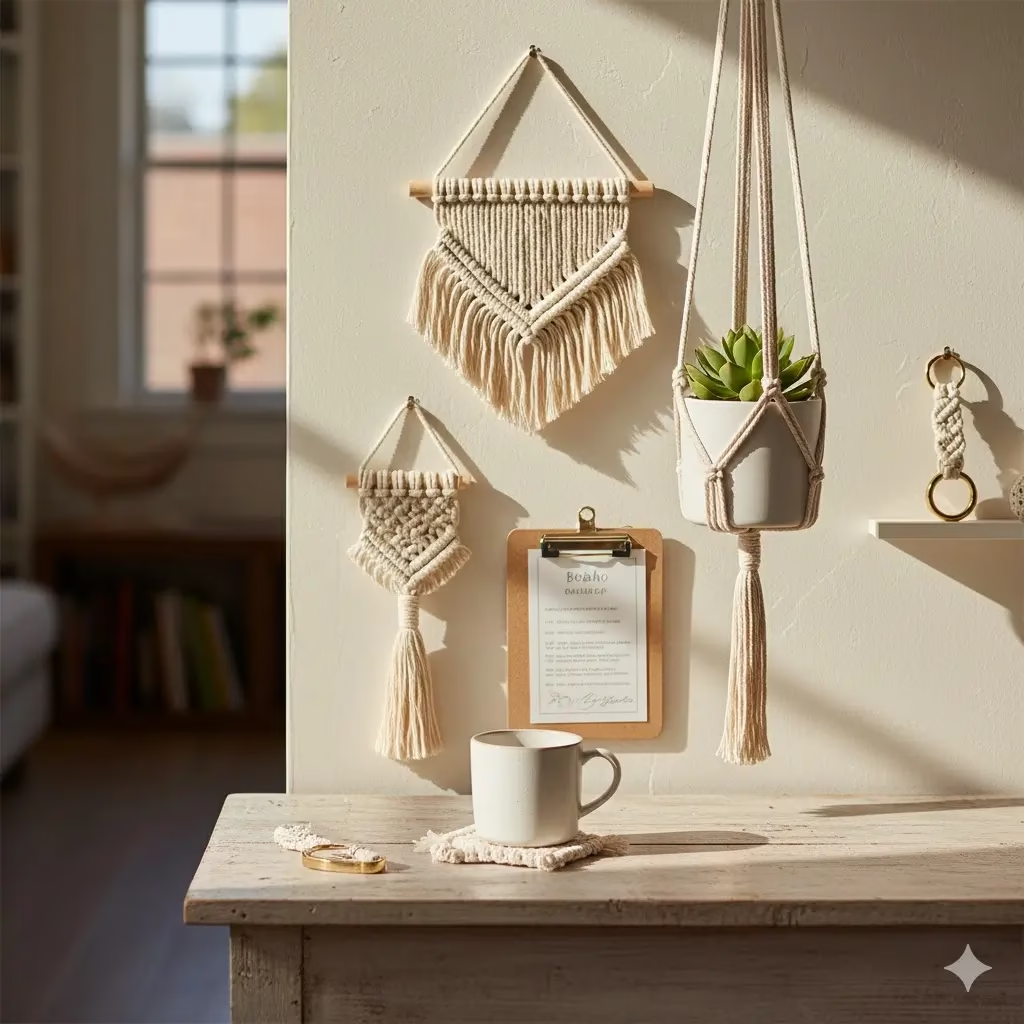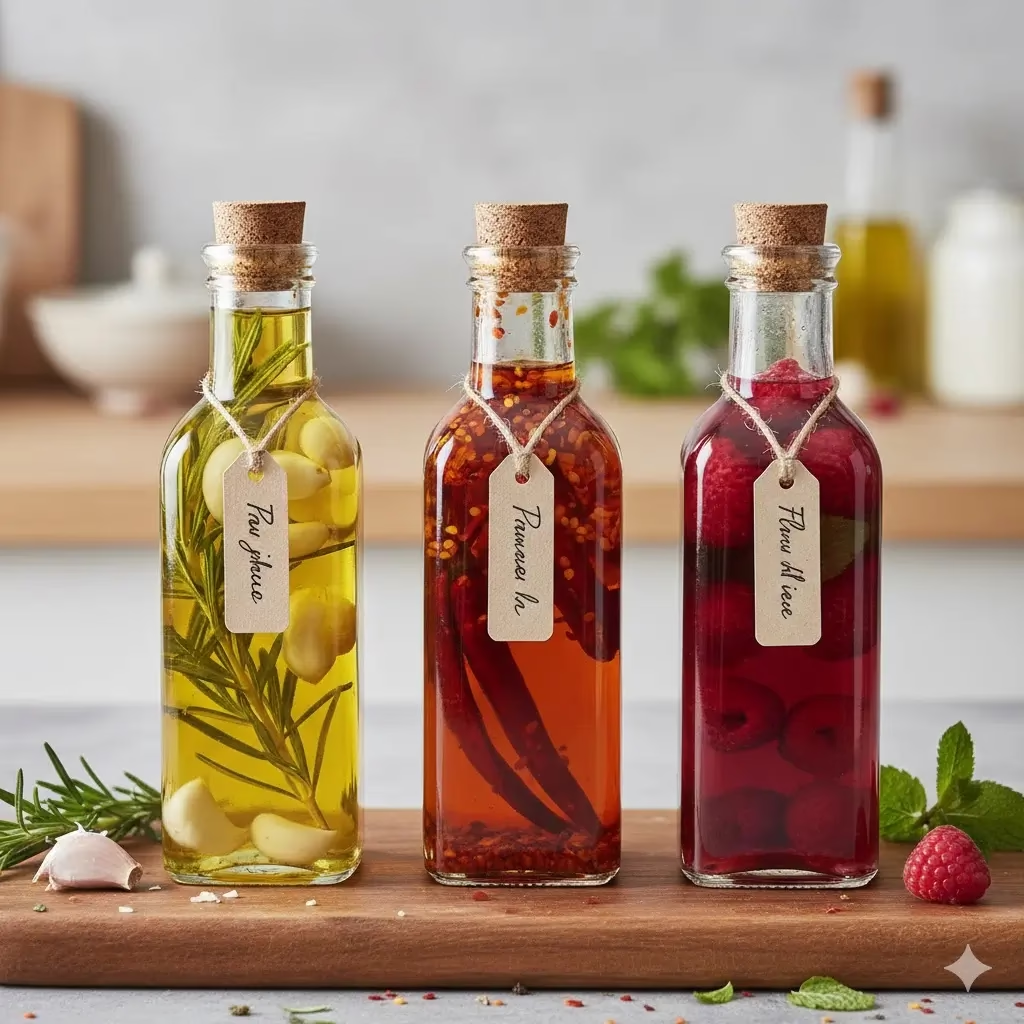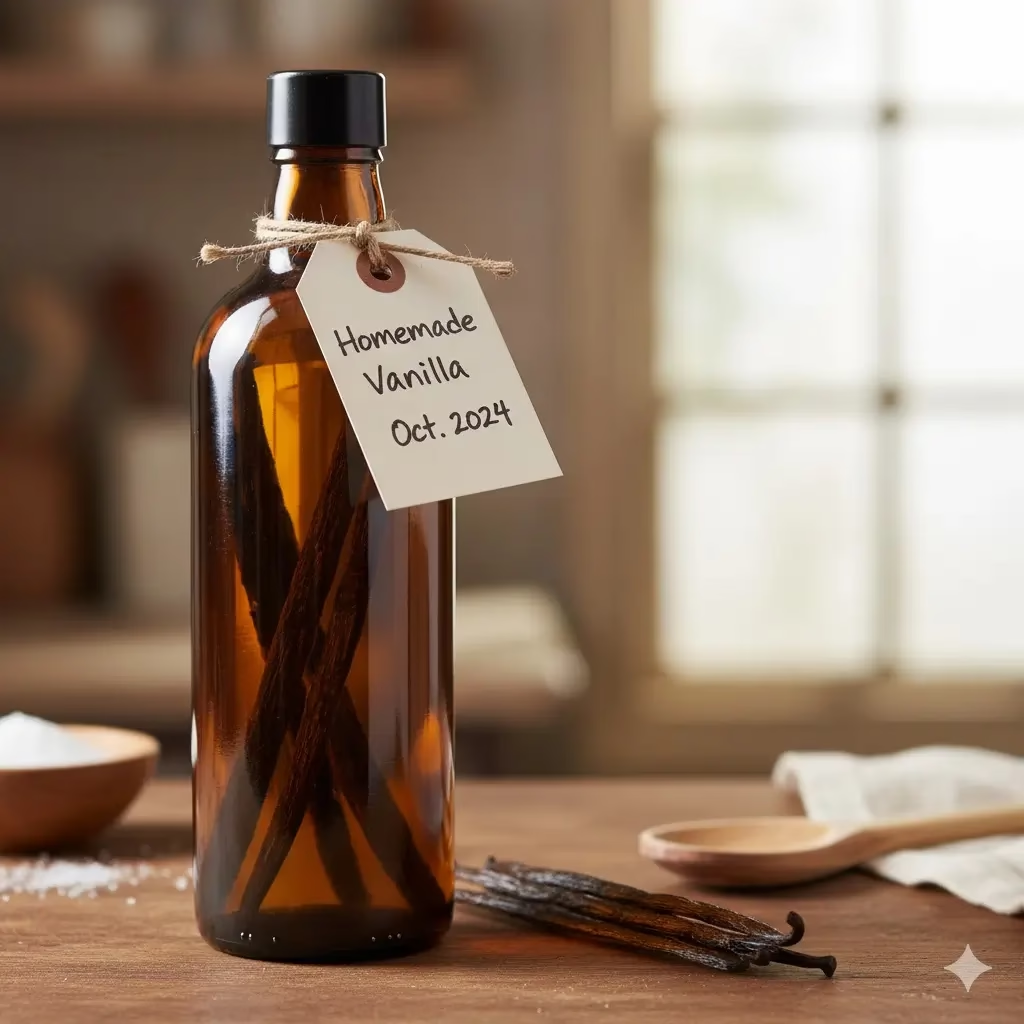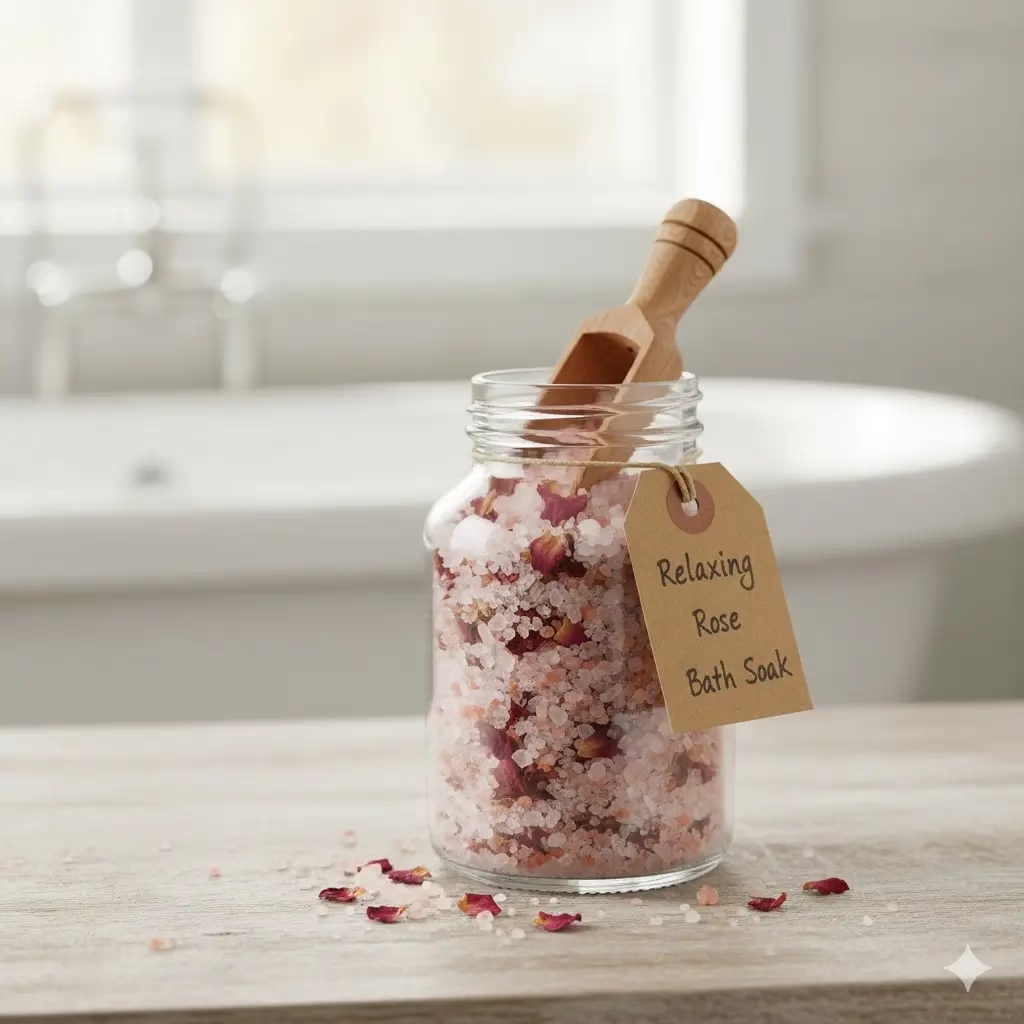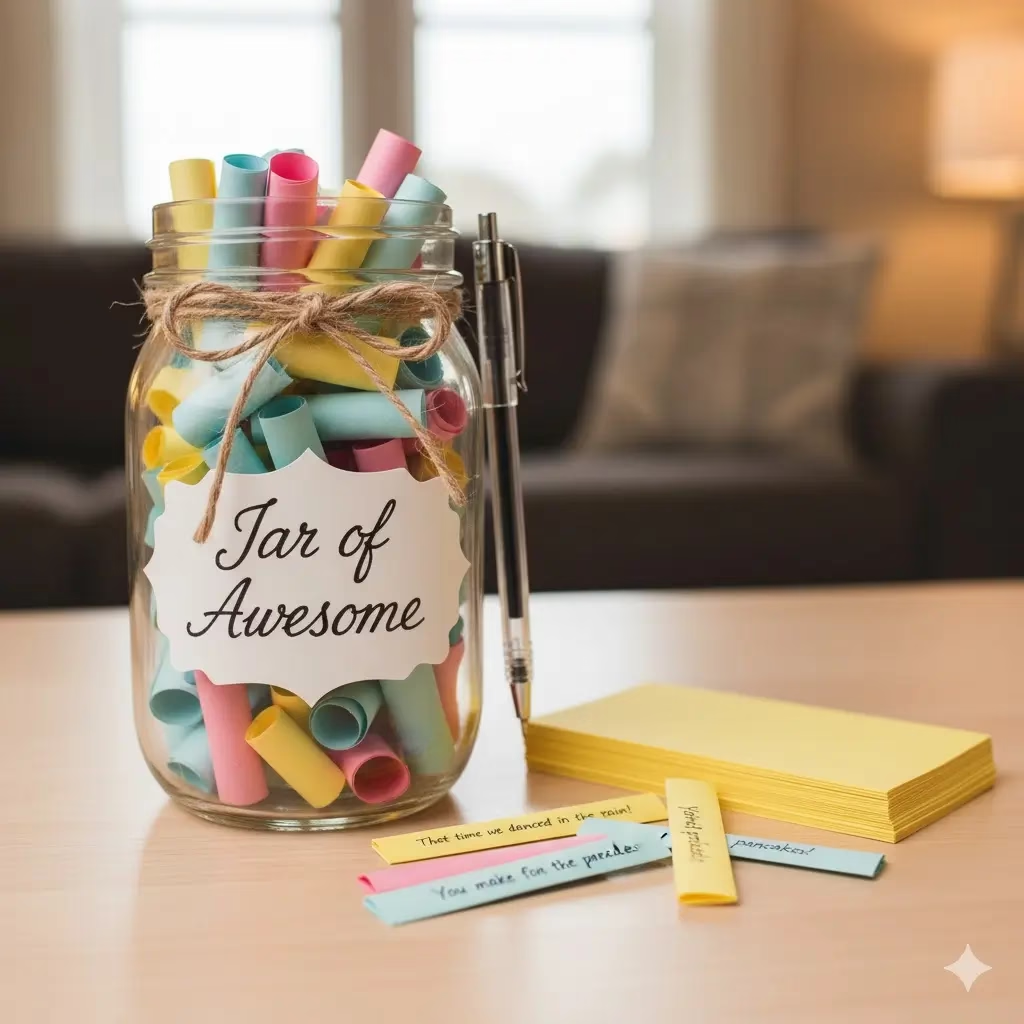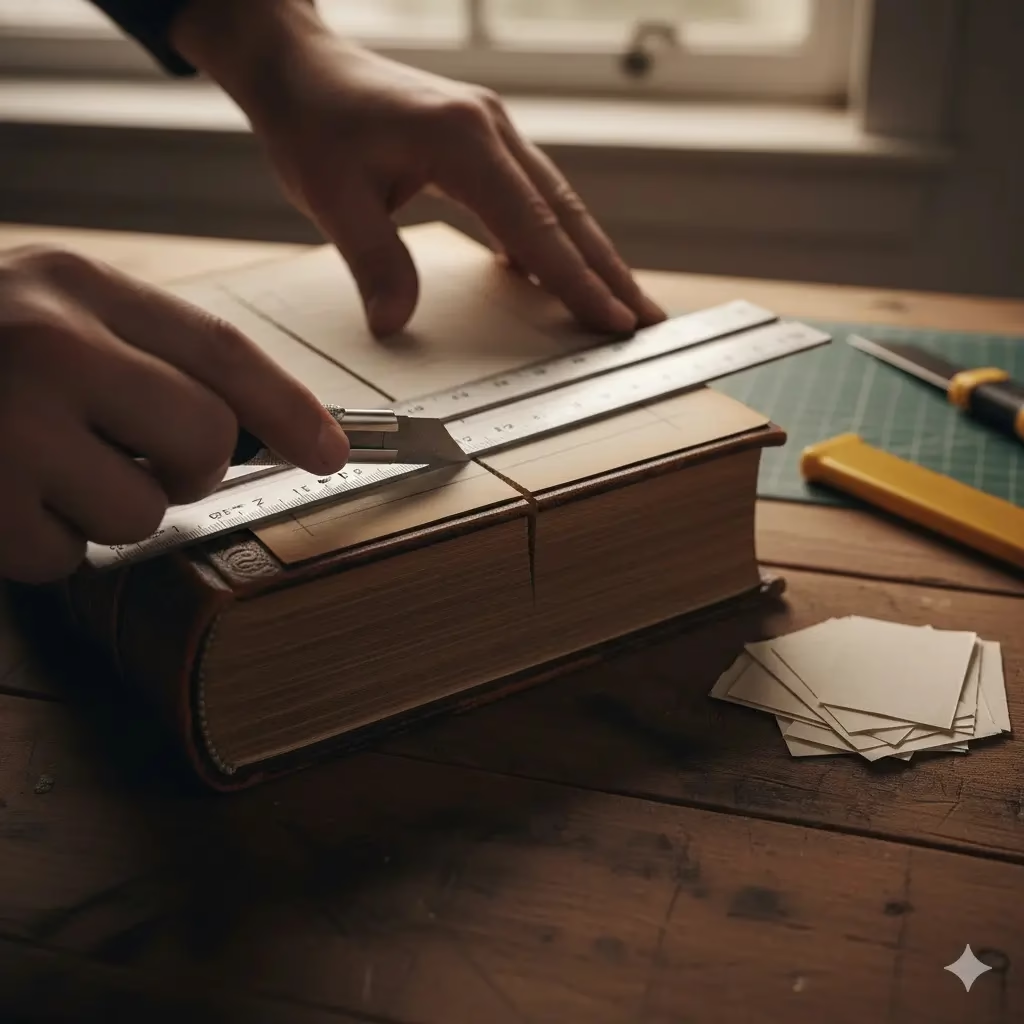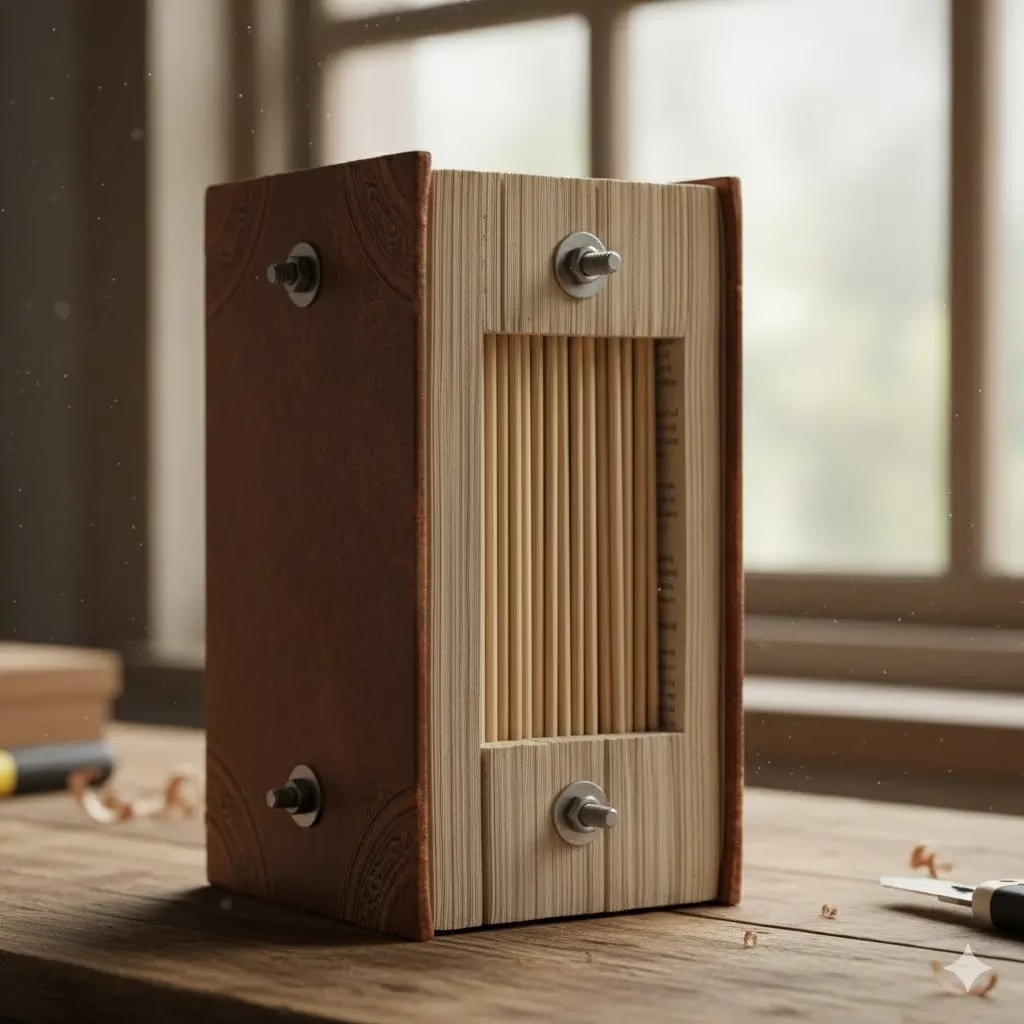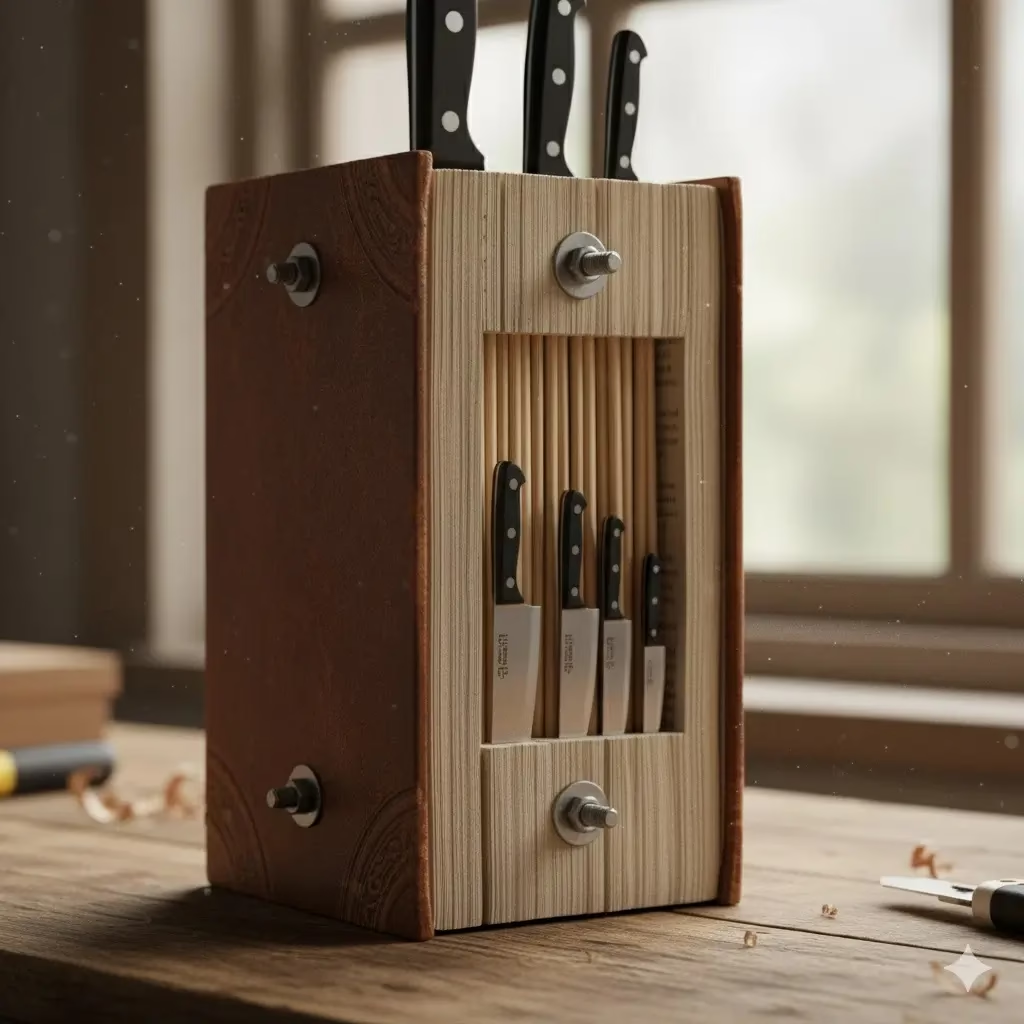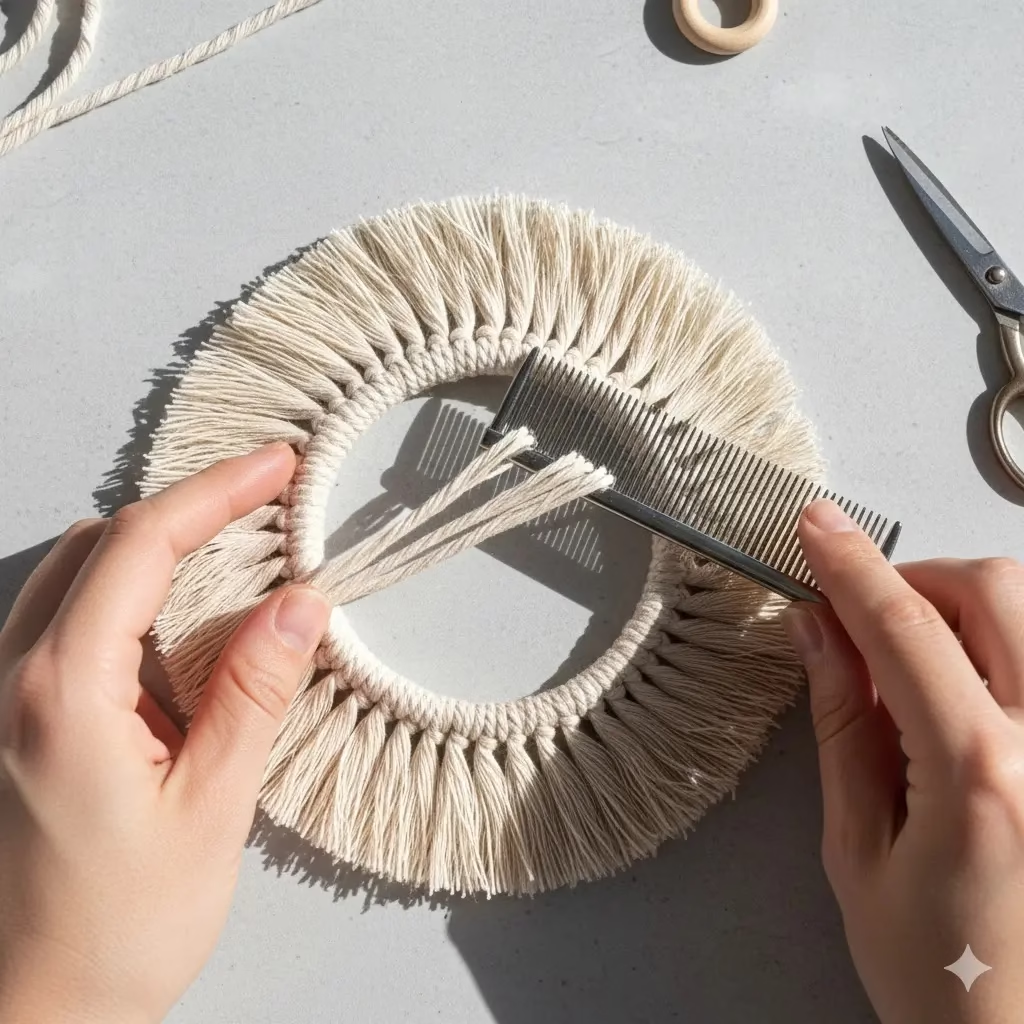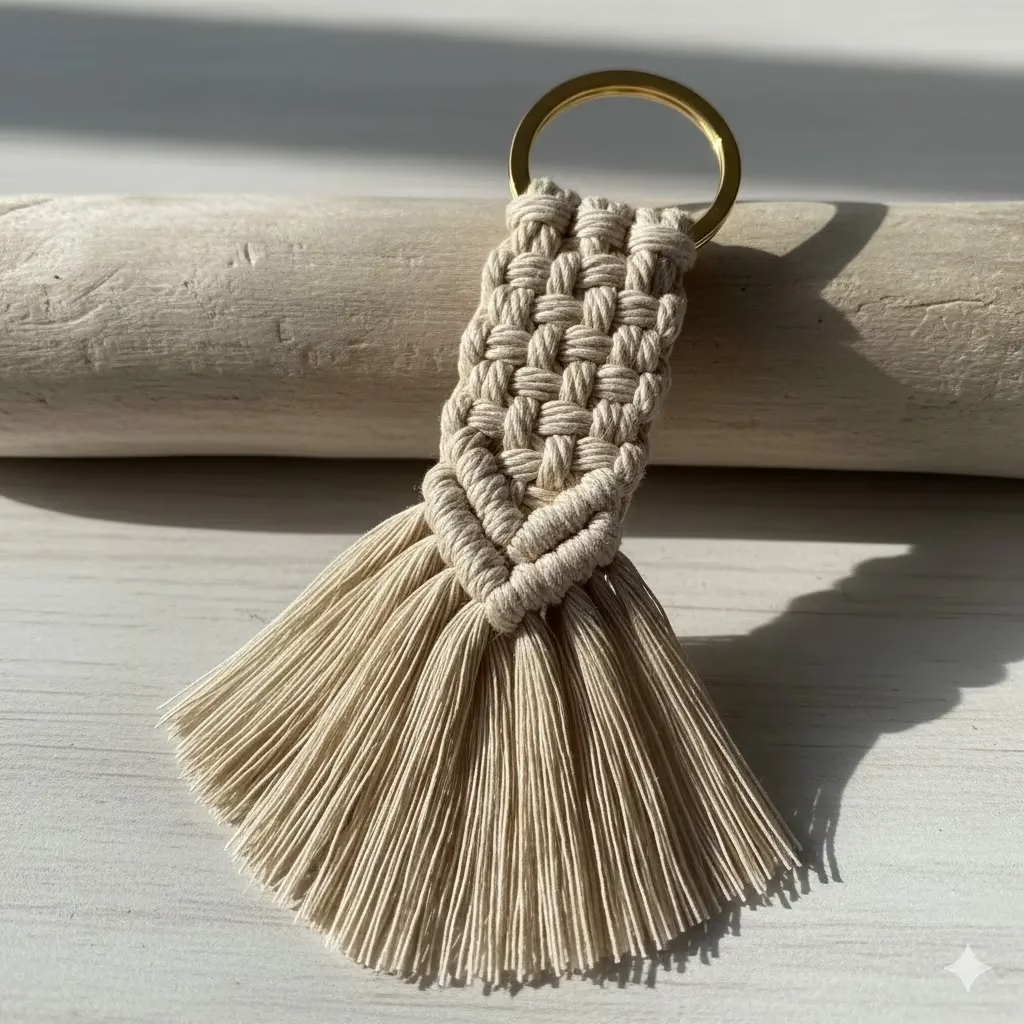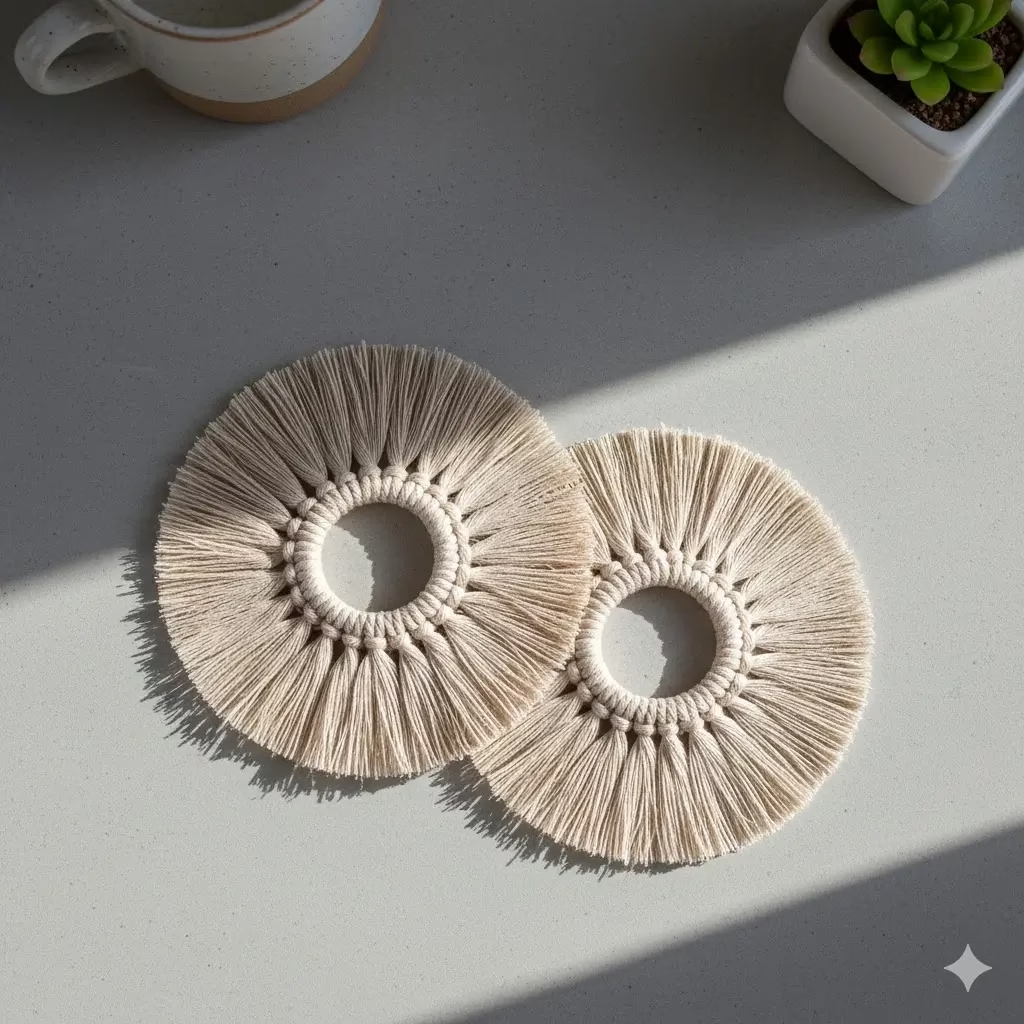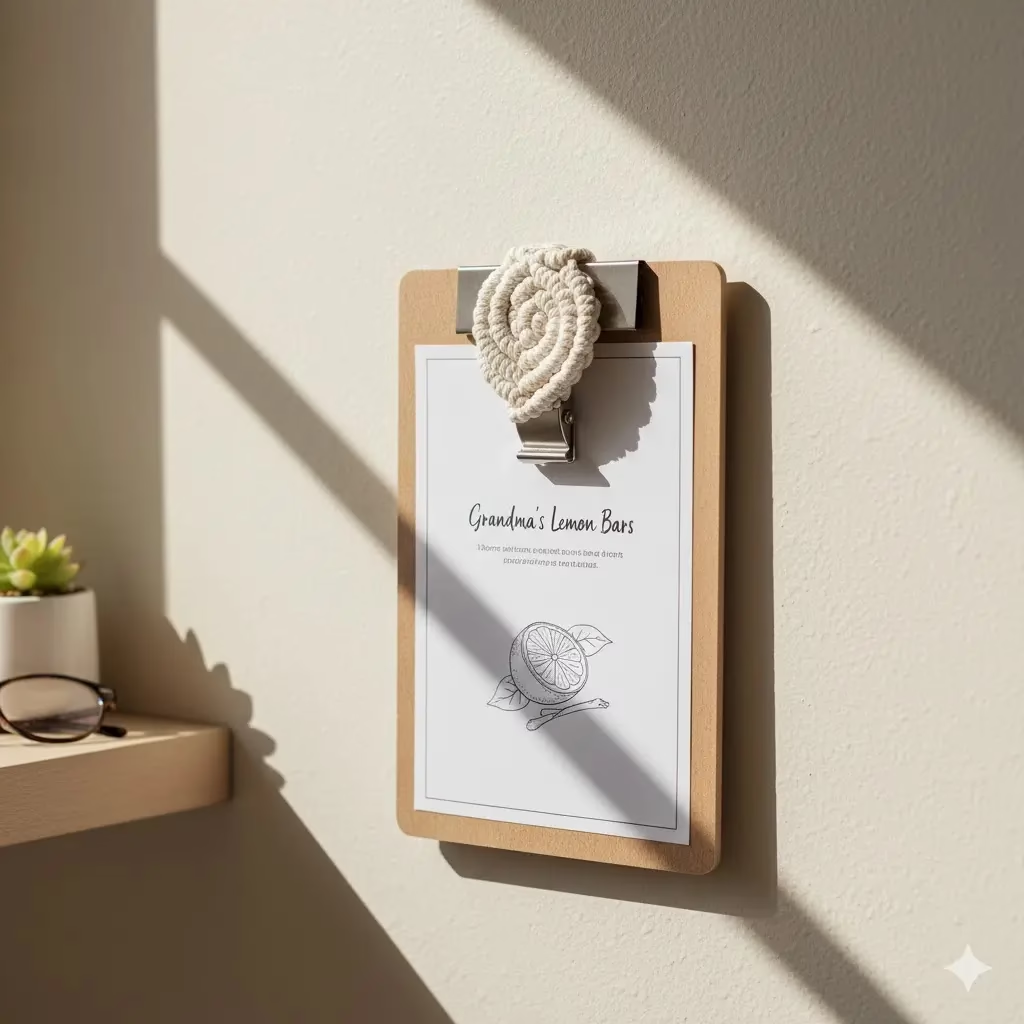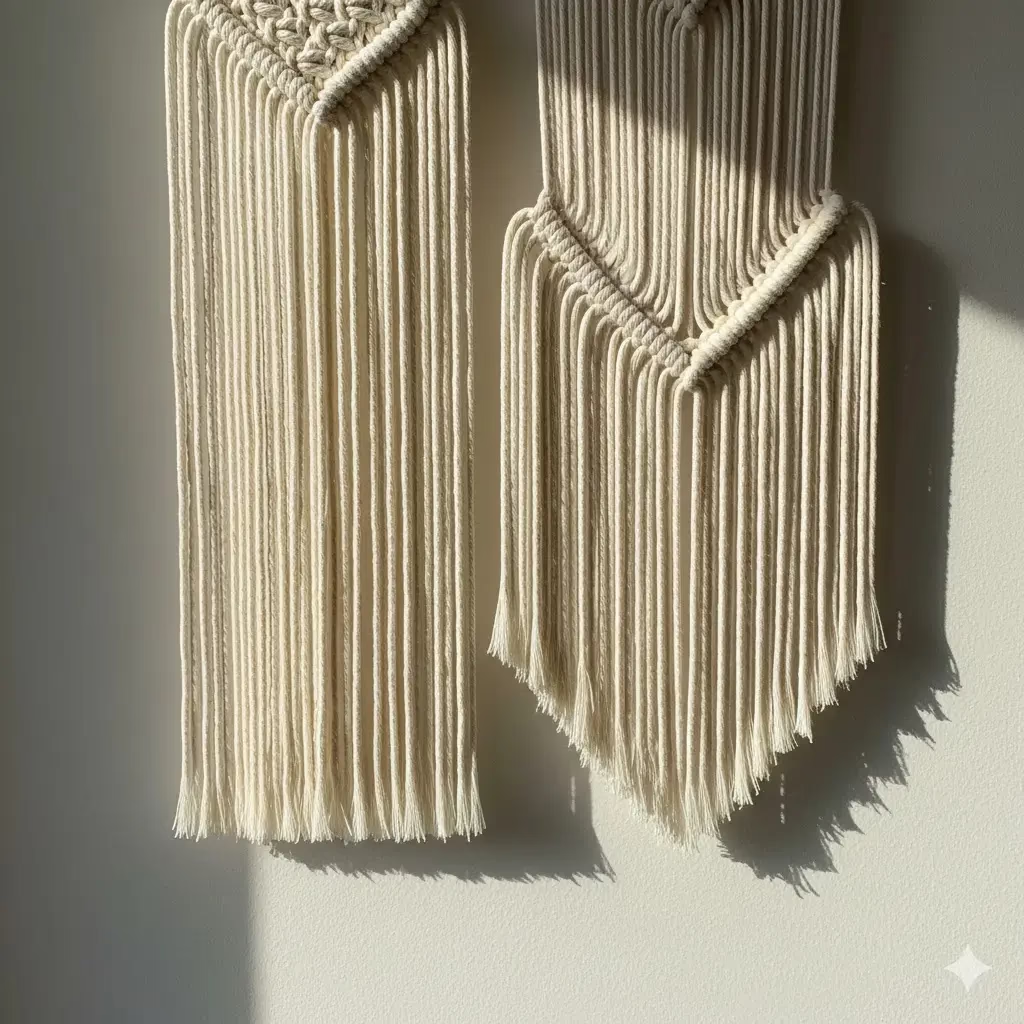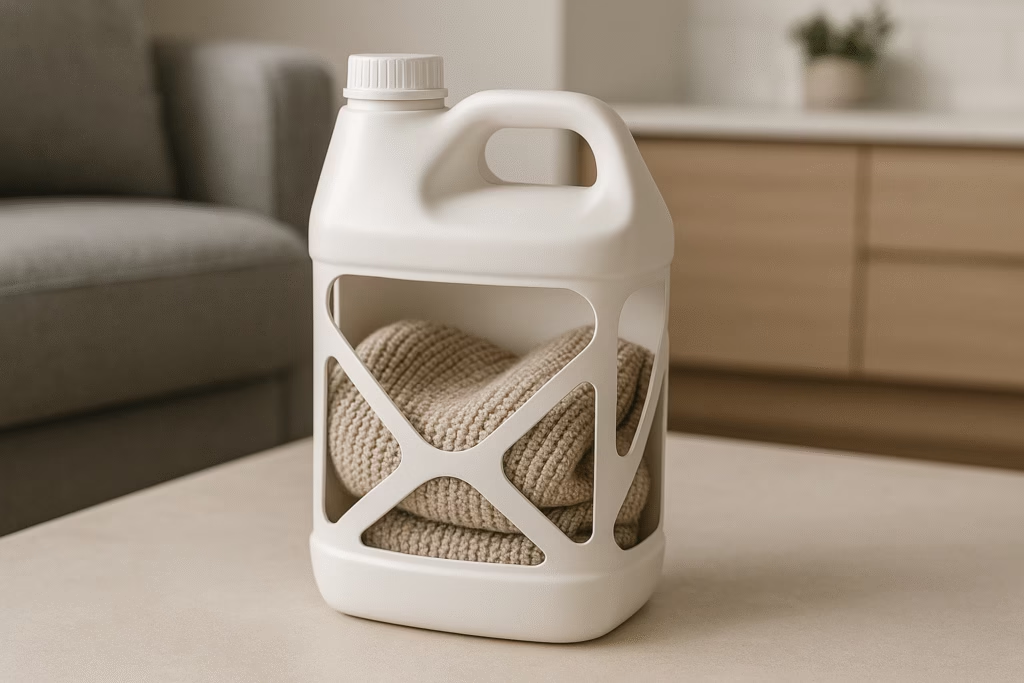
Hello, fellow homebodies! Like many of you, I used to rely only on candles to make my apartment smell cozy. Then, I realized how much they cost and the faint, black residue they can leave. I started looking for better, cheaper, and unique ways to create a signature home scent using simple items I already had. I’ve gathered my favorite, easy, and effective tricks to change your home’s aroma using kitchen items, essential oils, and smart heating methods.
Creating a Signature Home Scent
A home’s aroma is its invisible décor. It’s a silent, powerful welcome mat that tells a story about the people who live there. For years, the easiest way to get a cozy, inviting feel was to light a scented candle. Candles are nice, but they have big downsides. They need constant checking, they can be costly, and they often put artificial smells into the air.
The good news is great! You have a full supply of powerful, natural smells right now in your pantry and on your spice rack. Creating a special home scent is simple, low-cost, and very satisfying. By using gentle heat, evaporation, and basic ingredients, you can keep your home smelling fresh and unique without ever lighting a wick.
Here are ten simple, proven ways to naturally scent your space. The instructions explain exactly how to start today.
1. The Stovetop Simmer Pot (Nature’s Slow Cooker)
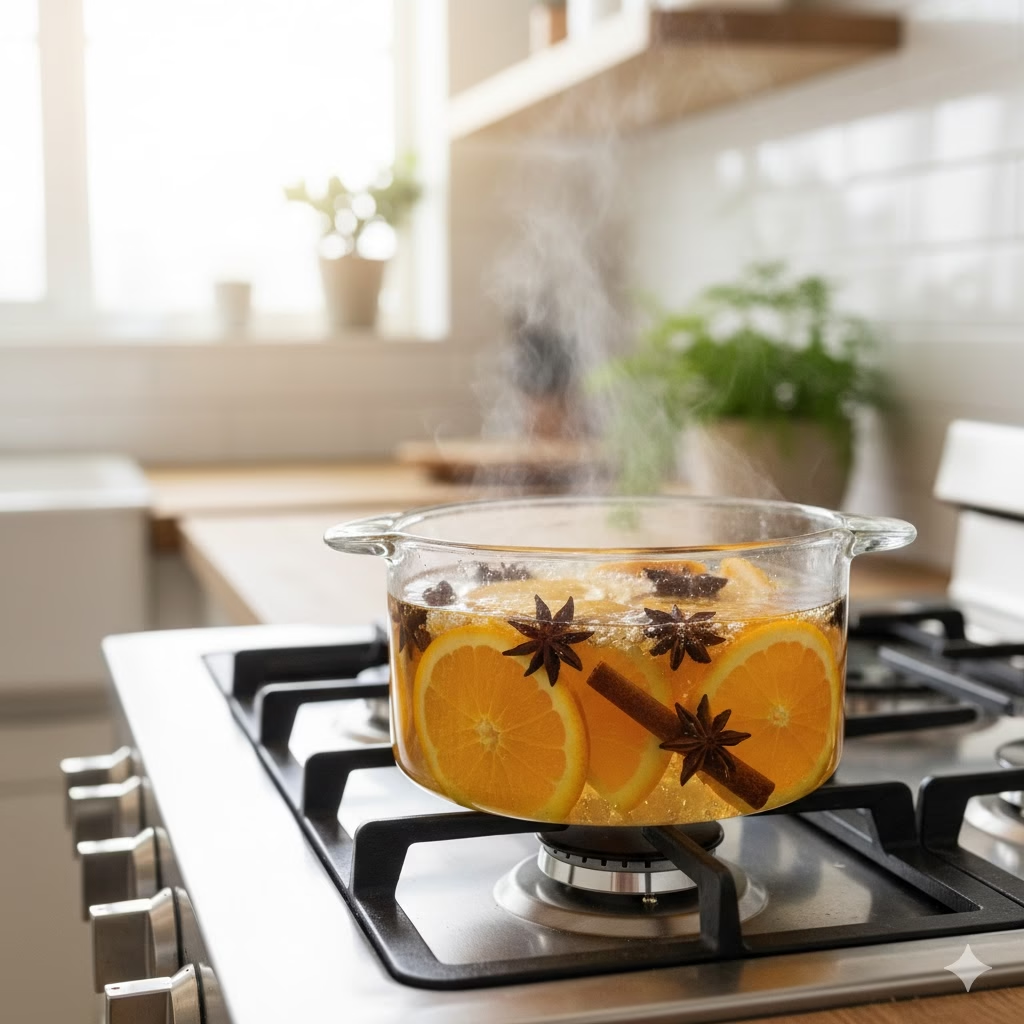
The stovetop simmer pot is likely the best and most traditional way to fill an entire home with a natural, comforting scent. It works by gently heating water and smelly ingredients on the stove. This action allows the steam to carry the scent throughout your rooms.
How To Do It:
- Gather Your Items: Pick fragrant things like sliced citrus fruits (lemon, orange, grapefruit), spices (cinnamon sticks, cloves, star anise), fresh herbs (rosemary, thyme), and vanilla extract. You can also add evergreen branches or pine cones for a forest smell.
- Mix and Heat: Fill a medium-sized saucepan about three-quarters full with water. Add your chosen items. Bring the mix to a boil. Then, immediately turn the heat down to the lowest setting so it just barely simmers.
- Keep it Going: The water will evaporate. You must check the pot every hour or so and add more water. This stops the pot from boiling dry. You can safely leave the pot simmering for many hours. This creates a lasting, wonderful aroma.
Example Simmer Pot Combinations:
- Winter Warmer: Orange slices, 3 cinnamon sticks, 1 tablespoon of whole cloves, and a few drops of almond flavoring.
- Fresh & Clean: Lemon slices, sprigs of fresh rosemary, and 1 teaspoon of vanilla extract.
- Autumn Spice: Apple peels, cinnamon, a touch of nutmeg, and a few cardamom pods.
2. Dried Citrus and Spice Potpourri
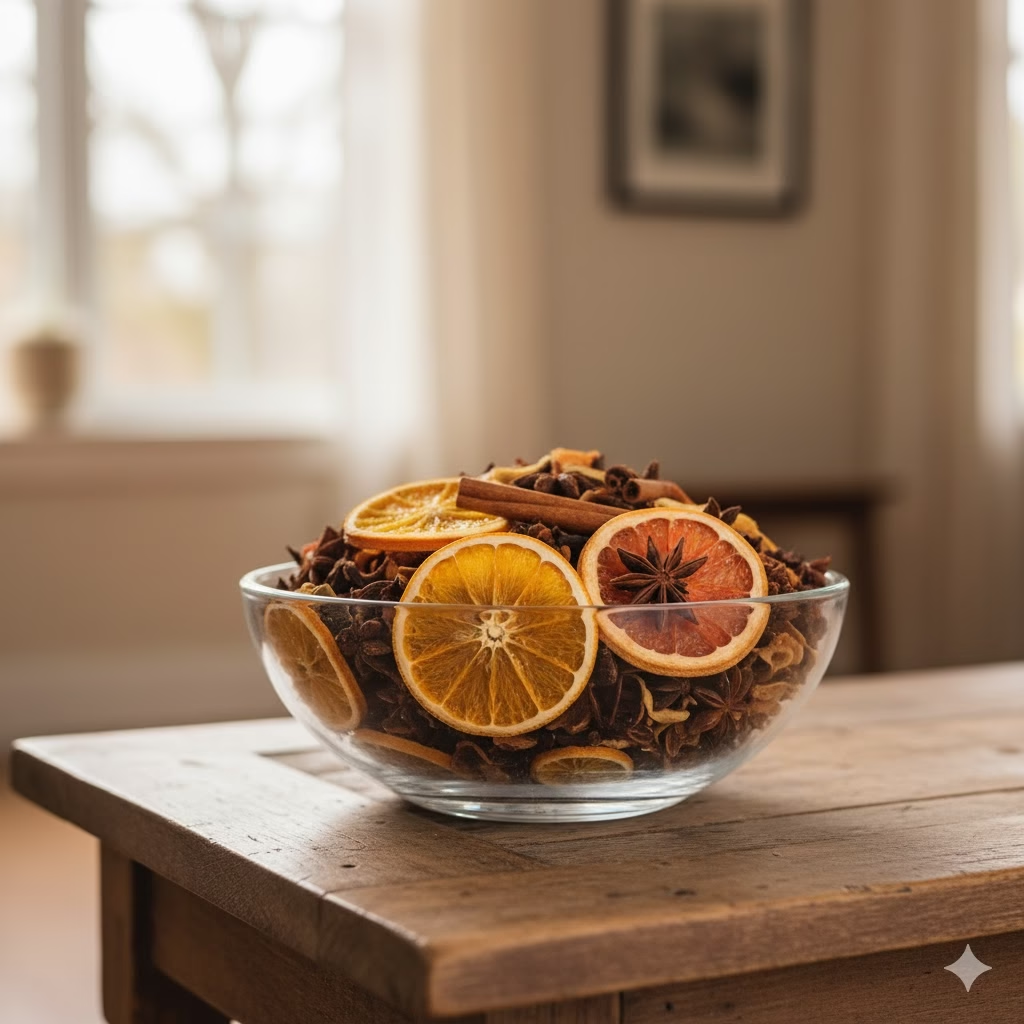
A simmer pot is a short-term solution. A dried potpourri mix offers a hands-off, long-lasting scent. This method is a great way to use citrus peels and spices that you need to use up.
How To Do It:
- Dry Your Items: Slice citrus fruits (oranges, grapefruit) very thin. Lay the slices on a baking sheet with parchment paper. Bake them at a very low temperature (around 200∘F or 95∘C) for two to three hours. Flip them now and then until they are crisp and totally dry.
- Mix and Boost: Mix the dried citrus with whole spices like star anise, dry bay leaves, whole nutmeg, and cinnamon sticks. Put the mixture in a nice bowl or a small cloth bag (sachet).
- Make the Scent Stronger: To make the aroma last longer, pour a few drops of a matching essential oil (like bergamot or patchouli) over the dry mix. Toss it gently to spread the oil.
3. The Salt and Essential Oil Diffuser
For a simple, non-electric diffuser, just use coarse salt. Rock salt or Epsom salts work best. The large crystals act like a sponge. They soak up the essential oils and slowly let the scent out into the air.
How To Do It:
- The Base: Pour about half a cup of coarse salt into a small jar, a shallow dish, or a ramekin.
- The Scent: Add 15 to 20 drops of your favorite essential oil or a mix of oils right onto the salt.
- Put it Somewhere: Place the dish in a small area, like a bathroom shelf, nightstand, or laundry room. To refresh the aroma, simply shake the jar lightly or add a few more drops of oil. This trick works very well with strong oils like peppermint or eucalyptus.
4. Homemade Baking Soda Air Freshener Jars

Baking soda is famous for being a natural cleaner. It soaks up bad smells instead of just covering them up. Mixing it with essential oils creates a freshener that does two things at once. It leaves a lovely scent behind.
How To Do It:
- Mix: Fill a small mason jar halfway with baking soda. Add about 10 to 15 drops of essential oil. Lavender and tea tree are great choices for bathrooms. Stir the mixture with a spoon to blend it well.
- Let it Breathe: Secure a piece of cloth or a coffee filter over the top of the jar using the metal lid ring. This lets the scent escape but keeps the baking soda inside.
- Reactivate: Shake the jar sometimes to bring the aroma back to life. When the scent starts to fade, just add more essential oil. This is a great way to fight musty smells in closets or basements.
5. Linen and Fabric Sprays
Fabrics, like couches, curtains, and rugs, naturally grab and hold smells. A homemade linen spray can make your cloth items smell new again. It spreads a light, pleasant scent that lasts for many hours.
How To Do It:
- The Solution: Get a small spray bottle. Mix two parts distilled water, one part witch hazel or vodka. The alcohol helps the water and oil mix and dry cleanly. Add 20 to 30 drops of essential oil.
- Shake and Spray: Shake well every time you use it. Lightly mist it over fabrics. Be sure to test a small area first to check for any color changes.
- Best Scents: Use calm oils like chamomile or cedarwood for bedding. Use bright citrus oils for living room curtains.
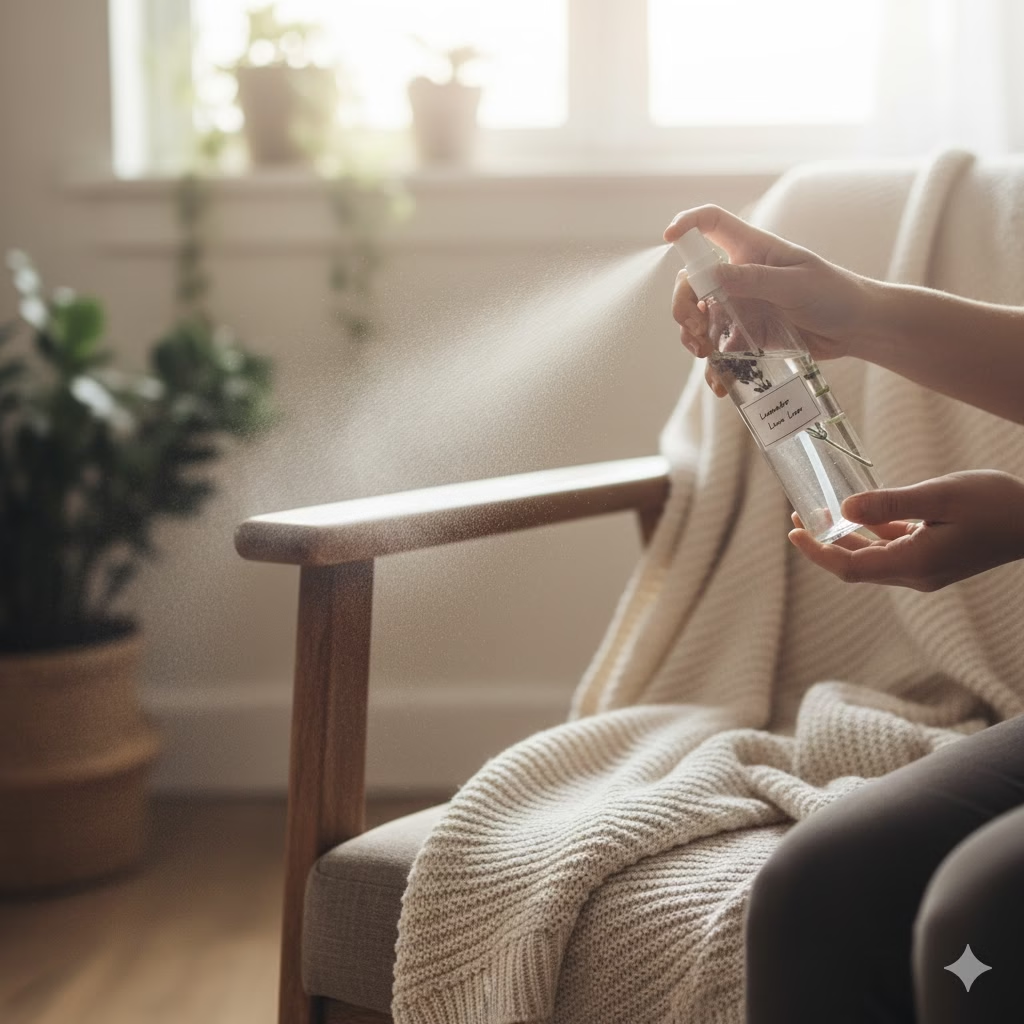
6. Scenting Your Vents and Filters
Use the natural airflow of your home’s systems to spread your chosen aroma. This simple trick can scent an entire floor with very little work.
How To Do It:
- The Carrier: Put a few drops of an essential oil onto a cotton ball.
- Placement: Place the cotton ball right onto your furnace filter. You can also put it behind the air vent in a room, or lightly tape it behind a fan blade.
- The Magic: When the furnace or fan starts, the air moving past the cotton ball will carry the scent through the ducts and into the room. Change the cotton ball every few days when the smell lessens. Note: Always make sure the cotton ball is held securely and does not block the airflow.
7. Natural Vanilla Oven Deodorizer

If you are having people over and need a fast, great-smelling scent that makes it seem like you’re baking something good, this method is a sure winner.
How To Do It:
- Prepare: Add two tablespoons of vanilla extract to a coffee mug or a small, oven-safe dish.
- Bake: Put the mug into a warm oven. The temperature should be very low, about 250∘F or 120∘C.
- The Result: As the vanilla gently heats up, the aroma will fill your kitchen. It will float into nearby rooms. This creates a lovely, warm, and comforting scent of fresh-baked goods without any actual baking. Watch the vanilla closely so it doesn’t burn.
8. Coffee Bean and Vanilla Extract Centers
This method is popular for getting rid of smells in places like entryways or kitchens. It also gives off a rich, energetic aroma.
How To Do It:
- The Base: Fill a small, attractive container (like a glass holder or shot glass) with whole, unused coffee beans.
- The Boost: Place a small, shallow dish or even a thimble inside the coffee beans. Fill it with a few drops of vanilla extract.
- Why it Works: The coffee beans have a strong, deep aroma. They naturally soak up bad odors. The vanilla adds a layer of sweet, comforting scent. The mix is complex and welcoming.
9. DIY Reed Diffusers

A store-bought reed diffuser uses a scented oil base and bamboo sticks (reeds). The reeds pull the scent up and let it out into the air. Making your own lets you control the items and avoid fake perfumes.
How To Do It:
- The Vessel: Find a small glass bottle that has a narrow opening. This helps slow down evaporation.
- The Base: Mix a carrier oil (like fractionated coconut oil, sweet almond oil, or even mineral oil) with a very small amount of strong alcohol like vodka or rubbing alcohol. The alcohol thins the oil and helps it travel up the reeds better.
- The Scent: Add 30 to 50 drops of your preferred essential oil mix to the blend.
- The Reeds: Put bamboo skewers or special diffuser reeds into the oil. Turn the reeds over once a week to refresh the diffusion.
10. Herbal Steam Cleaner for Floors and Surfaces
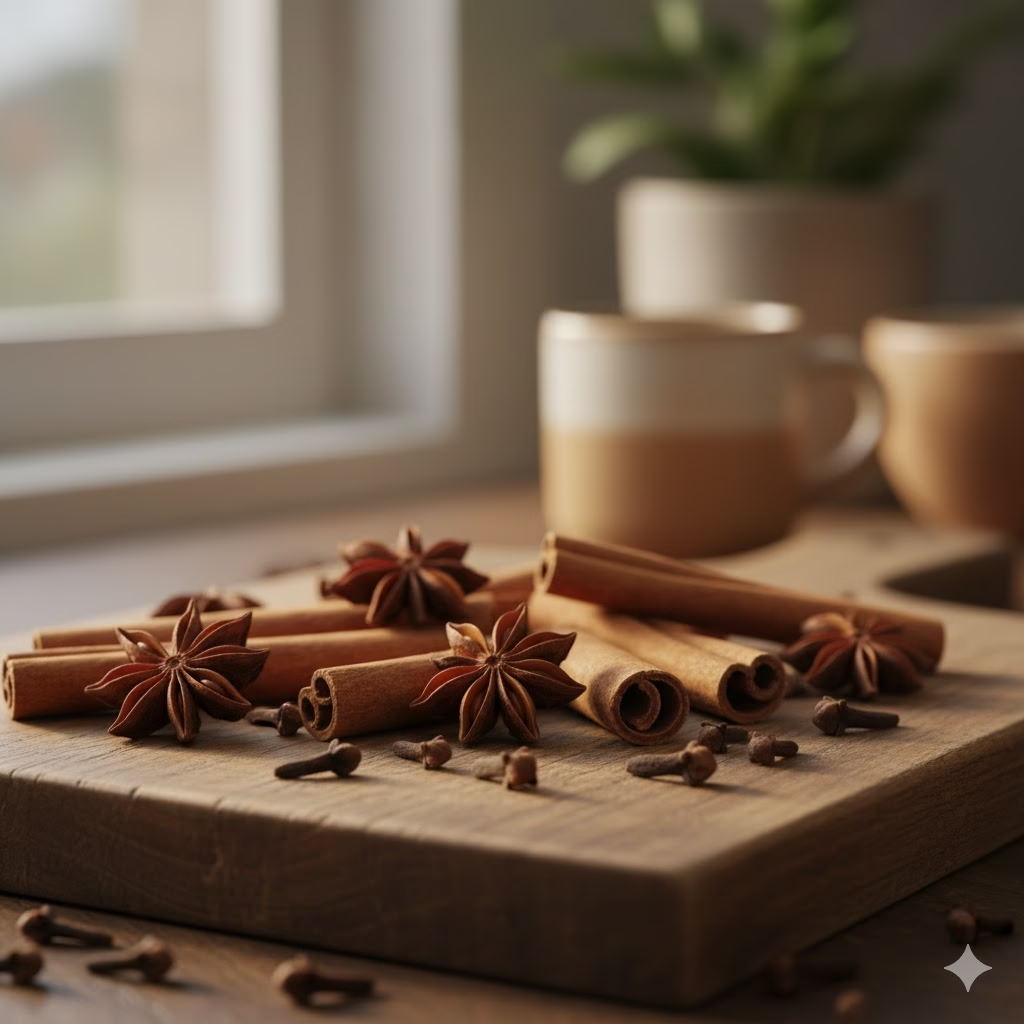
This is not a purely passive scent method. But this trick combines cleaning with wonderful smells. It leaves a lasting, fresh scent on your largest surfaces: your floors.
How To Do It:
- The Infusion: Add a handful of fresh herbs, like mint, thyme, or rosemary, to a pot of water. Bring it to a boil. Simmer it for about 15 minutes, then strain the liquid.
- The Cleaner: Use the strained, fragrant herbal water as your base for cleaning wood floors, counters, or linoleum. Add a splash of white vinegar or a few drops of dish soap to help with cleaning.
- The Result: The light, residual scent of the herbs stays on the cleaned surfaces. This makes your whole home smell naturally crisp and clean.
Key Takeaways for Long-Lasting Scenting
To make your homemade scents last a long time, remember these simple rules:
- Humidity is Key: Steam and heat are the best ways to carry a scent. Use a simmer pot or even a simple bowl of hot water with essential oils in a sunny room. This will make the aroma stronger.
- Layer Your Scents: Don’t rely on just one trick. Combine a stovetop simmer during the day with a baking soda jar in the bathroom. Use linen spray on your bedding. This creates a full, layered home scent.
- The Power of Porous Items: Things like salt, cotton, dried flowers, and baking soda soak up and release fragrance slowly. This makes them great for hands-off, long-term scenting.
By using these easy, natural choices, you can take charge of how your home smells. You can move beyond expensive candles and create a signature scent that is completely yours and entirely natural.
FAQ Section
How long do simmer pot ingredients last?
The ingredients in a simmer pot can be used again for several days. Just cover the pot and store it in your refrigerator overnight. When you want to use it again, add fresh water and bring it back up to a gentle simmer. The smells will get a bit weaker each time you use them. You may want to refresh the mixture after two or three uses.
Are essential oils safe to use around pets?
Be careful when using essential oils around pets, especially cats. Some oils can harm them if they breathe them in or if they get on their skin. Peppermint, citrus, ylang-ylang, and tea tree oil are often dangerous. Always check with a vet about the safety of specific oils before using them in rooms where your pets spend time. Sticking to whole, natural items like cinnamon sticks and orange peels is usually a safer choice.
What is the best way to get rid of a lingering bad odor first?
Before you try to add a beautiful scent, you need to take away the bad smell. The best natural methods use activated charcoal. This absorbs smells without adding any fragrance. You can also place a small bowl of white vinegar in the middle of the room for a few hours. Sprinkling baking soda on rugs and then vacuuming it up is also excellent for lifting smells from cloth.
Can I use fresh herbs from my garden for potpourri?
Yes, you can and should use fresh herbs. But, they must be fully dried before you mix them into potpourri. Putting fresh herbs in a mix will trap moisture and can cause mold. To dry them, you can use a food dehydrator. You can also hang them upside down in a cool, dark spot for a few weeks, or bake them at a very low temperature, just like the citrus peels.
References
- Homemadelovely – Simmer Pots: What to Boil to Make Your House Smell Good
- NIH – Activated charcoal and baking soda to reduce odor ….
- clevelandclinic – 11 Essential Oils: Their Benefits and How To Use Them
Recent Posts

